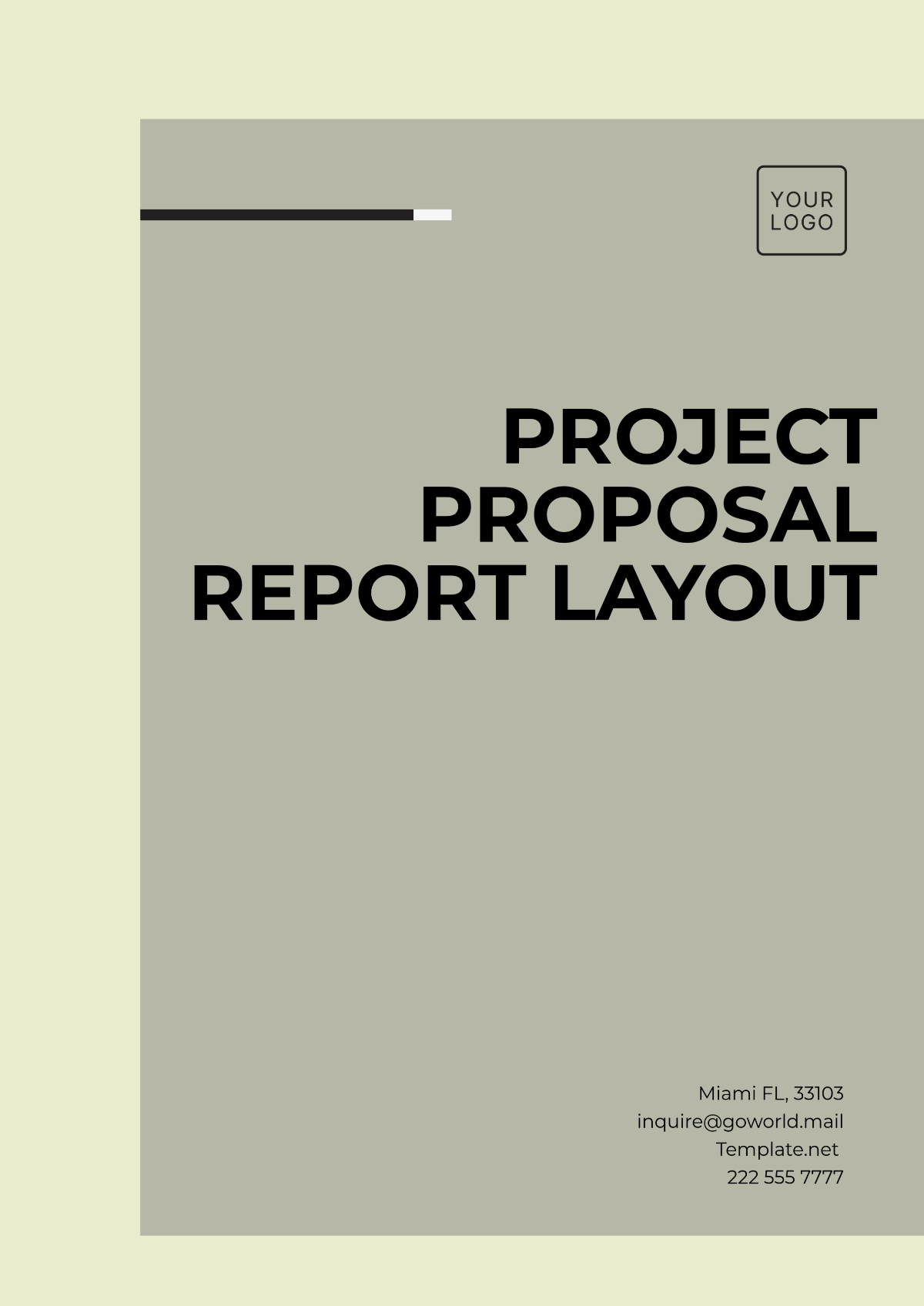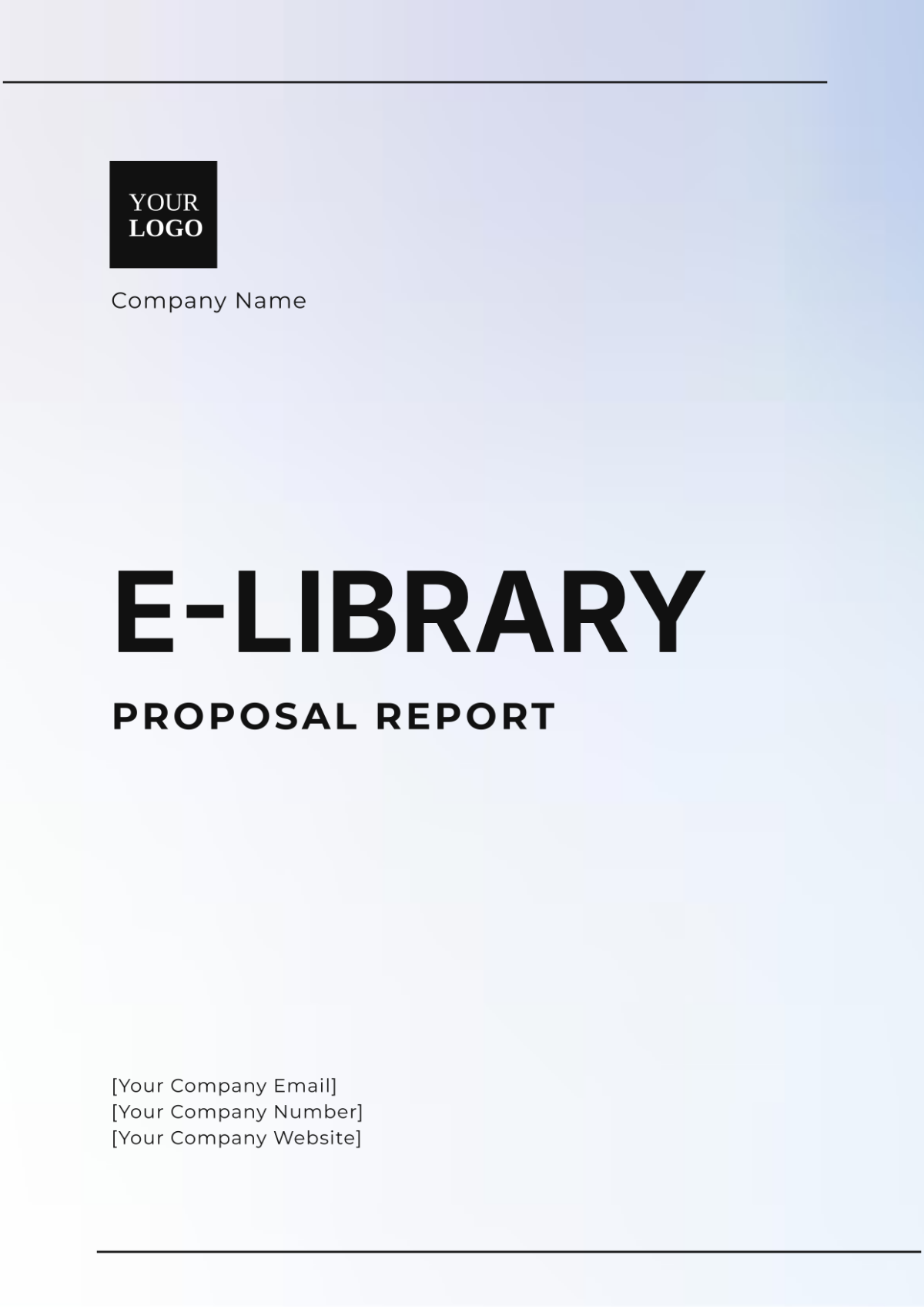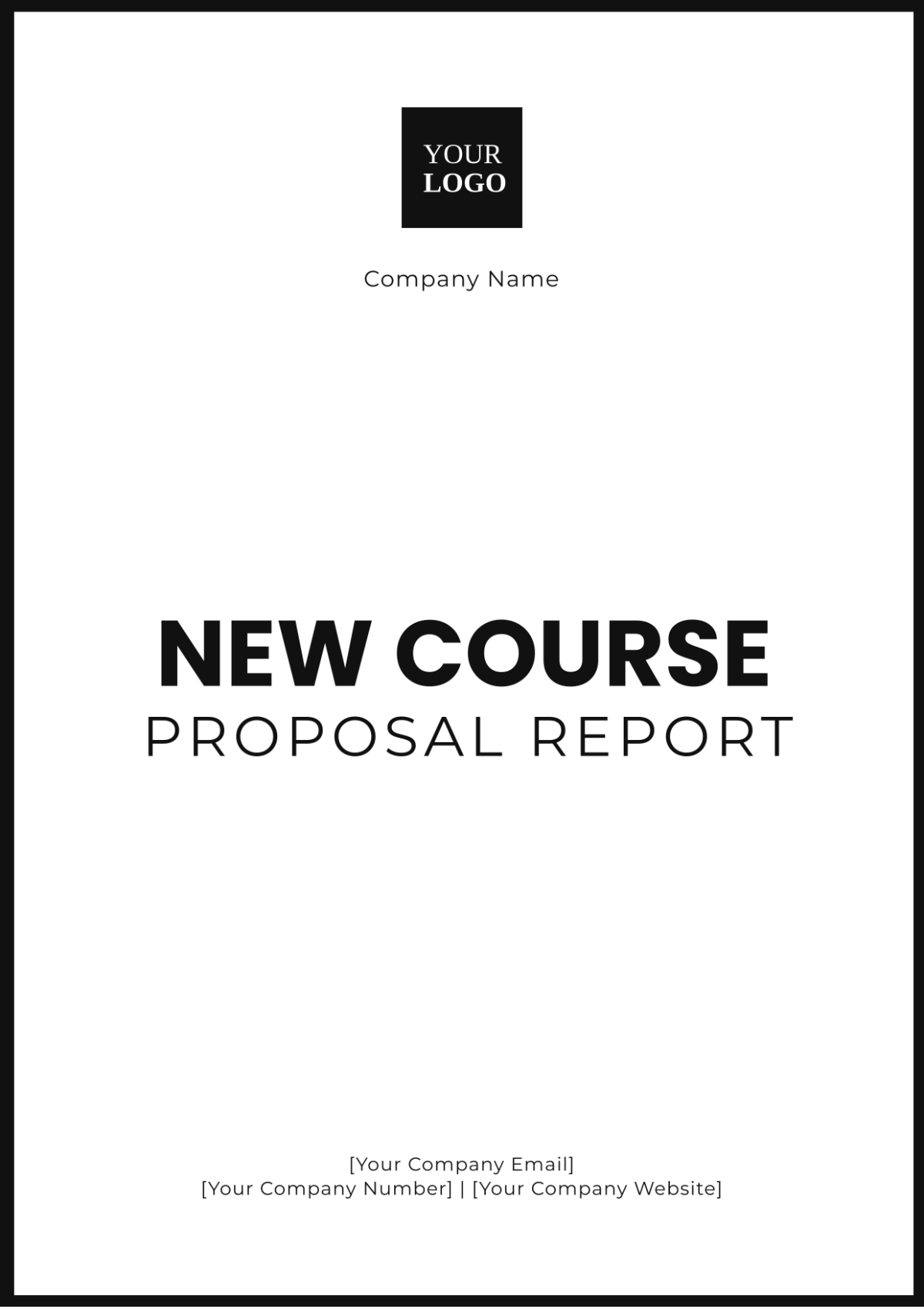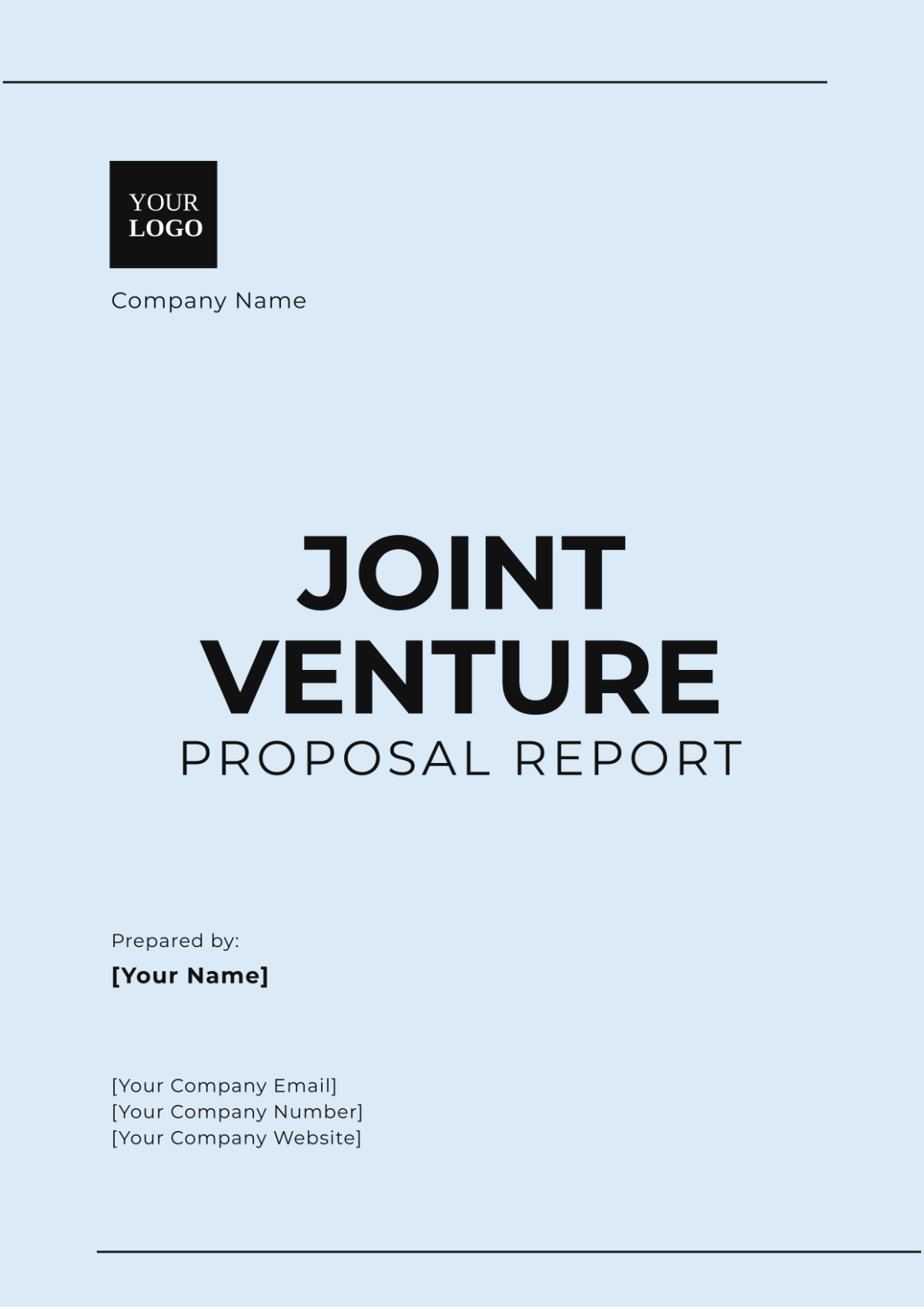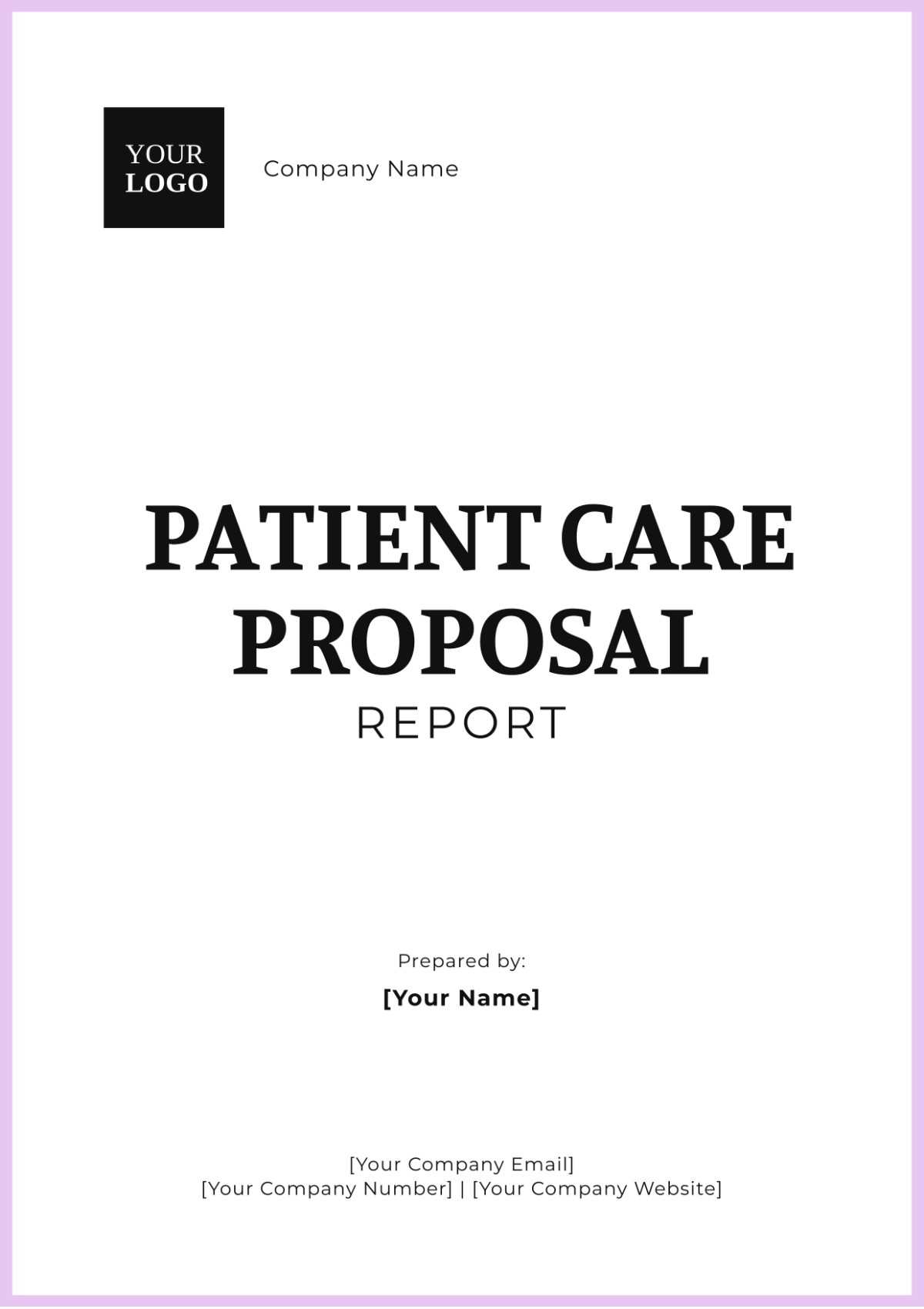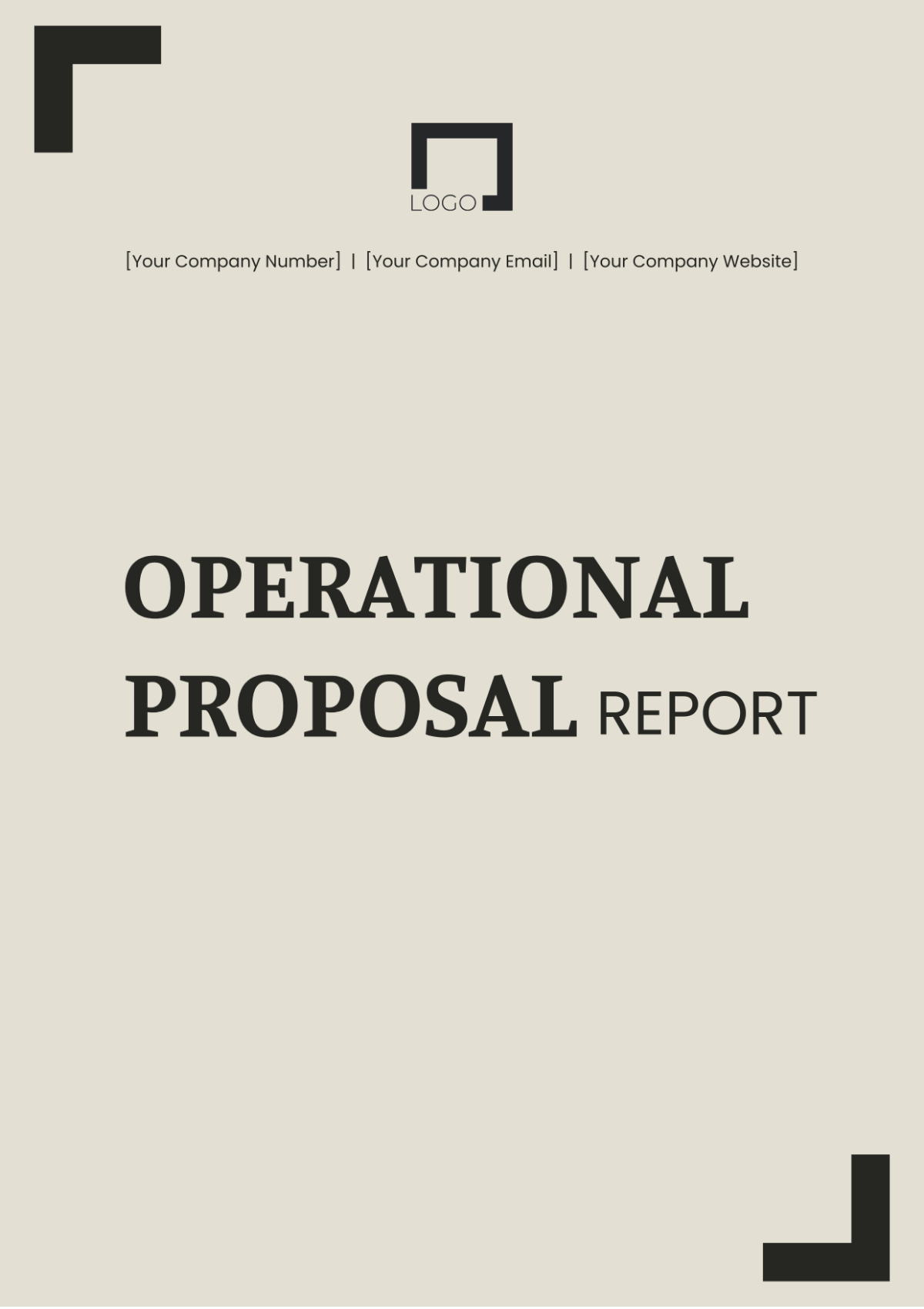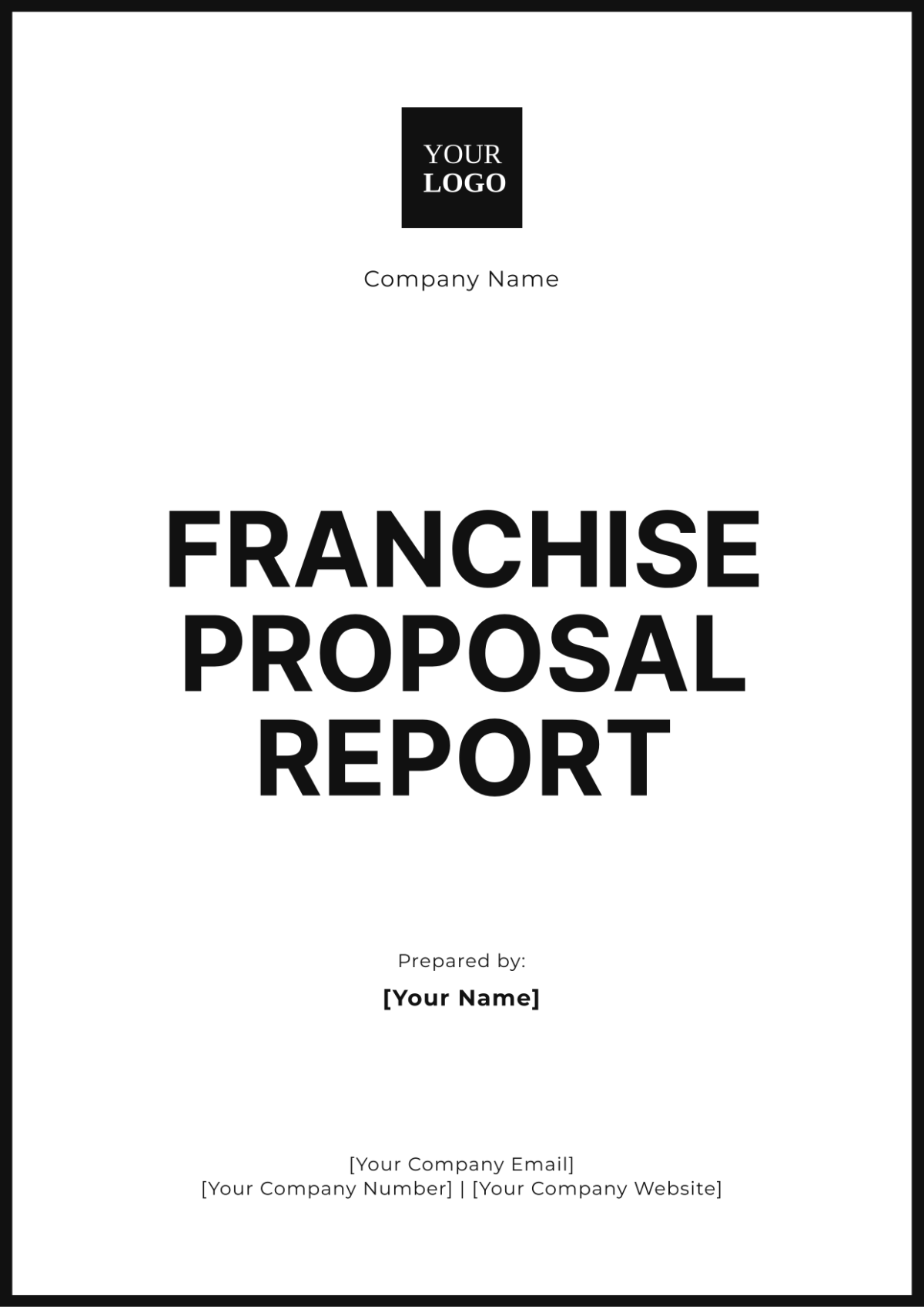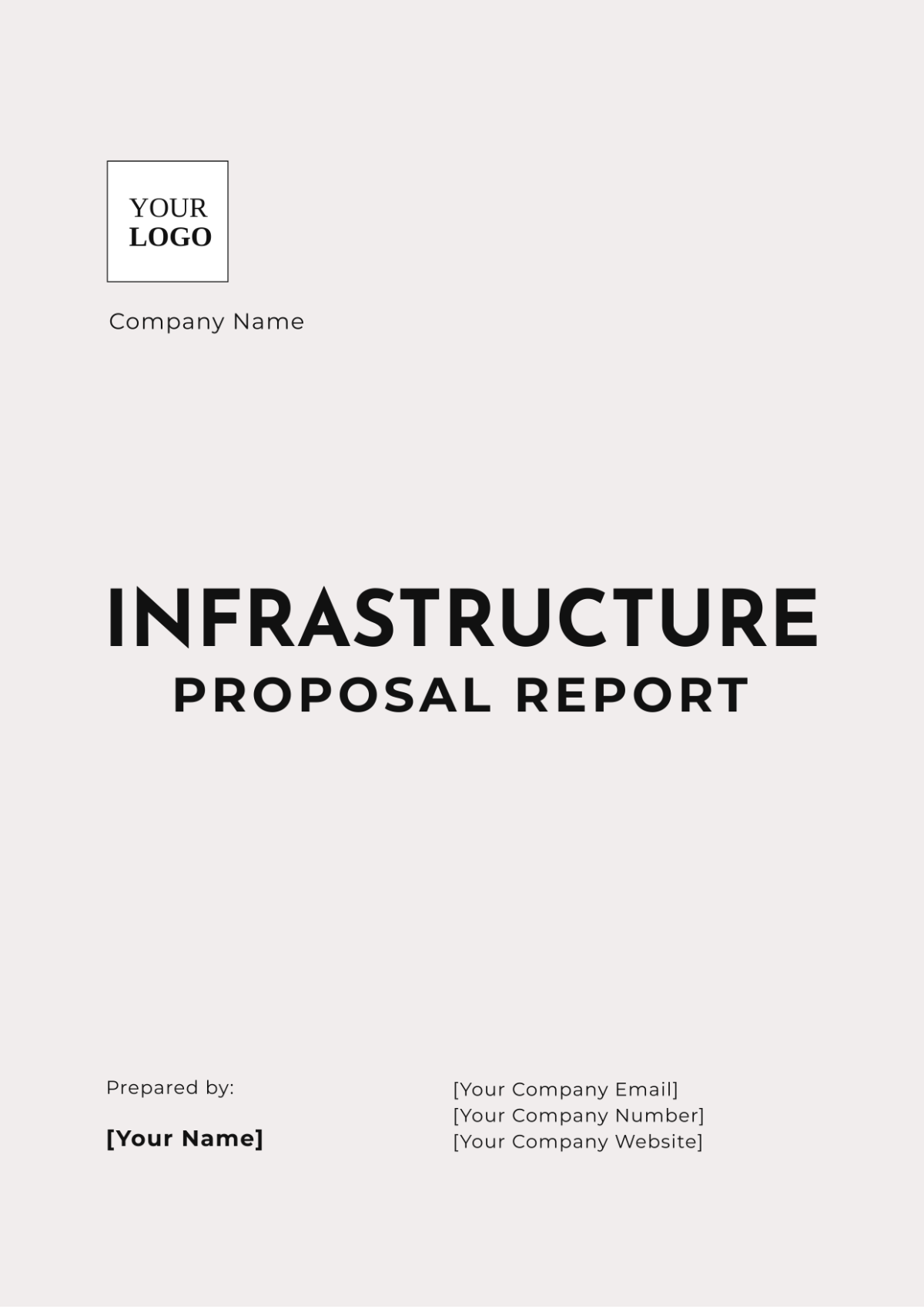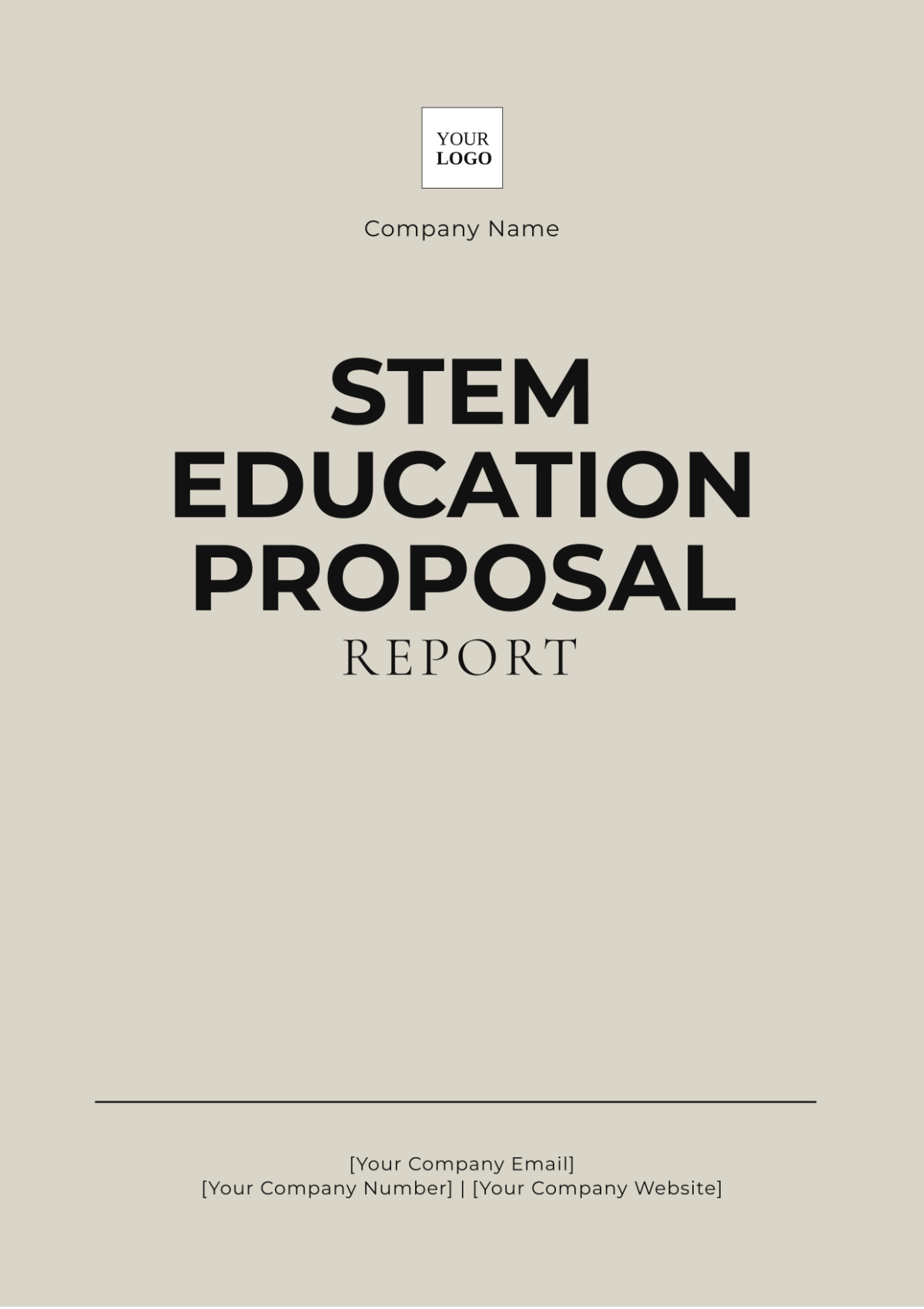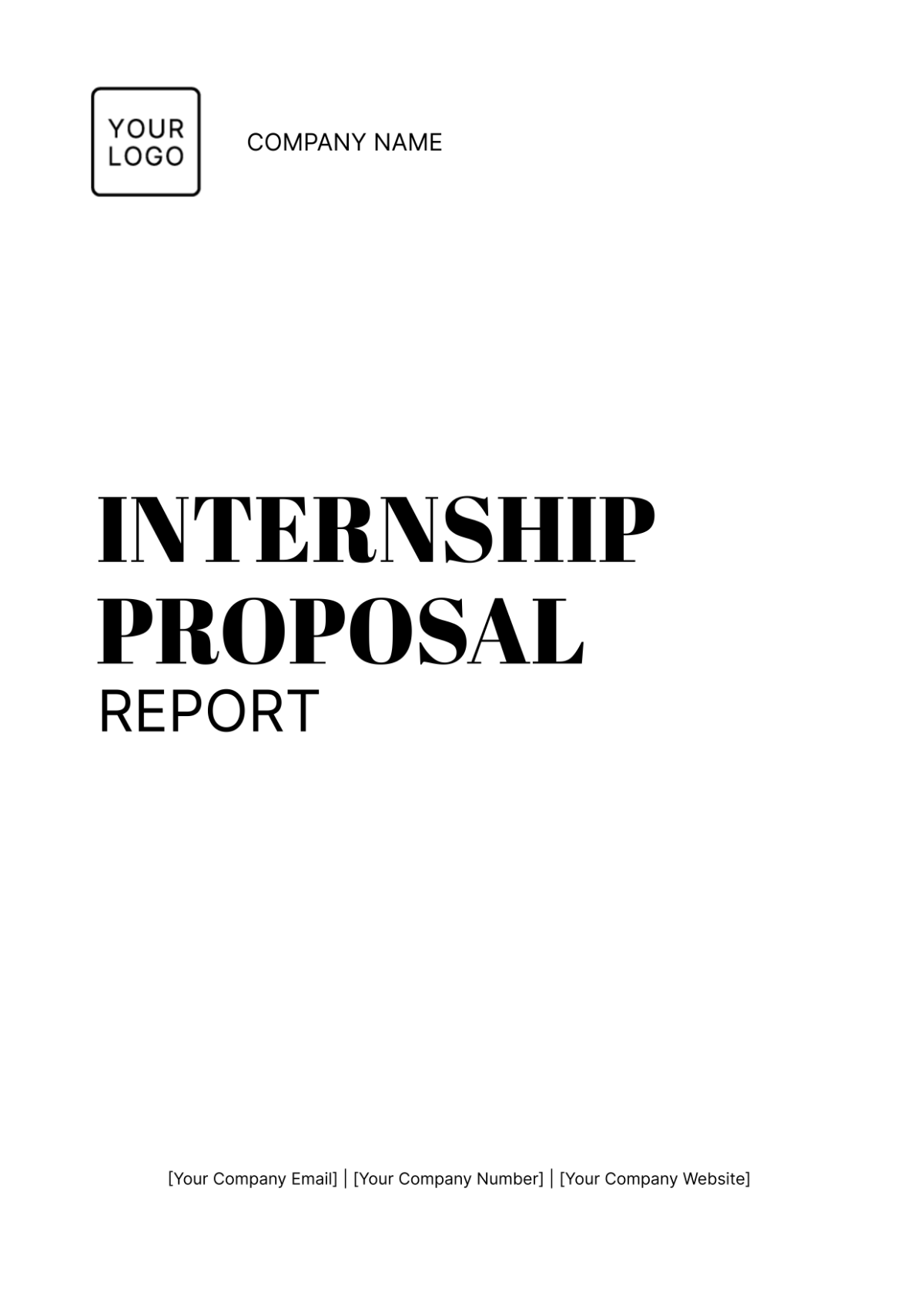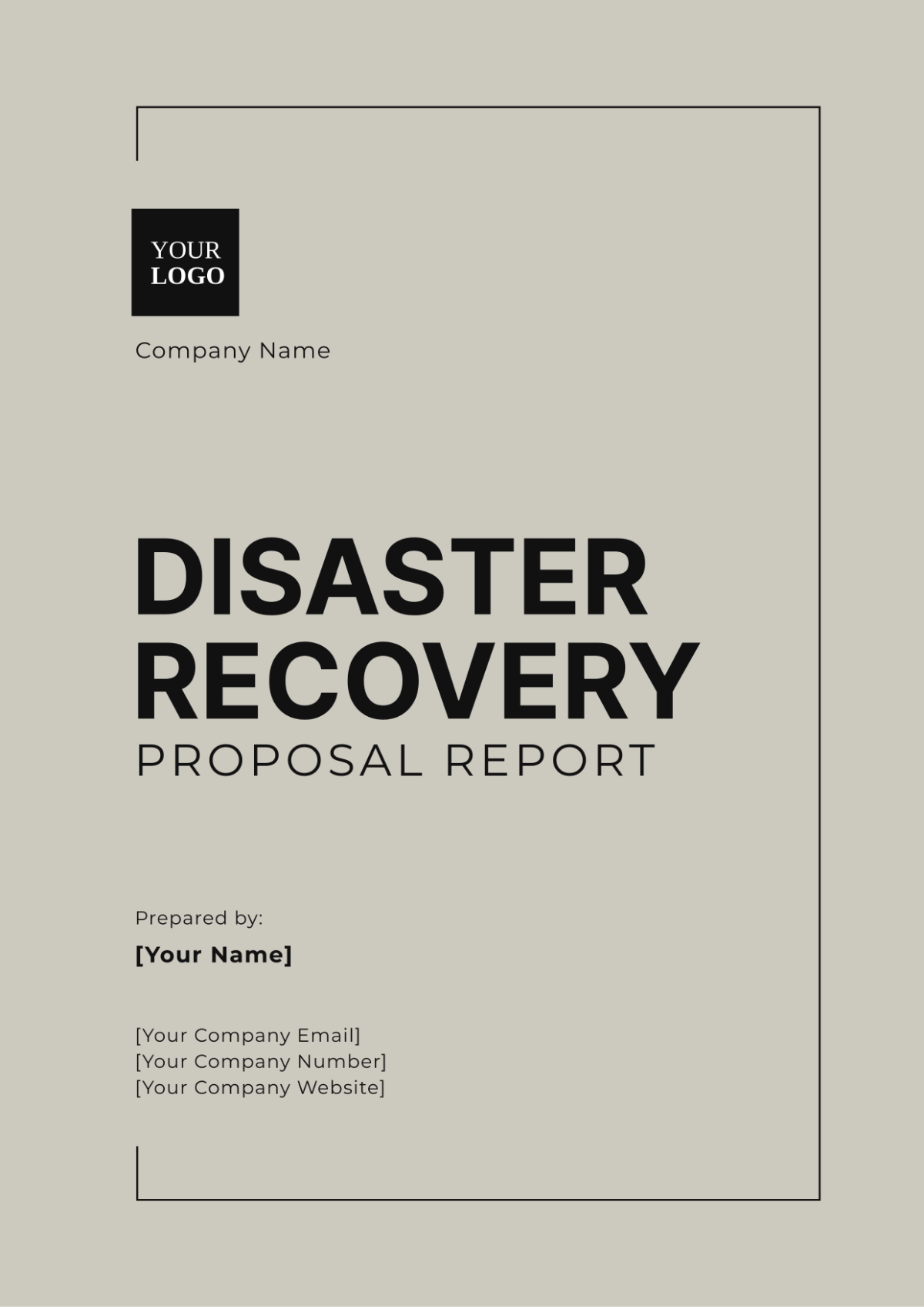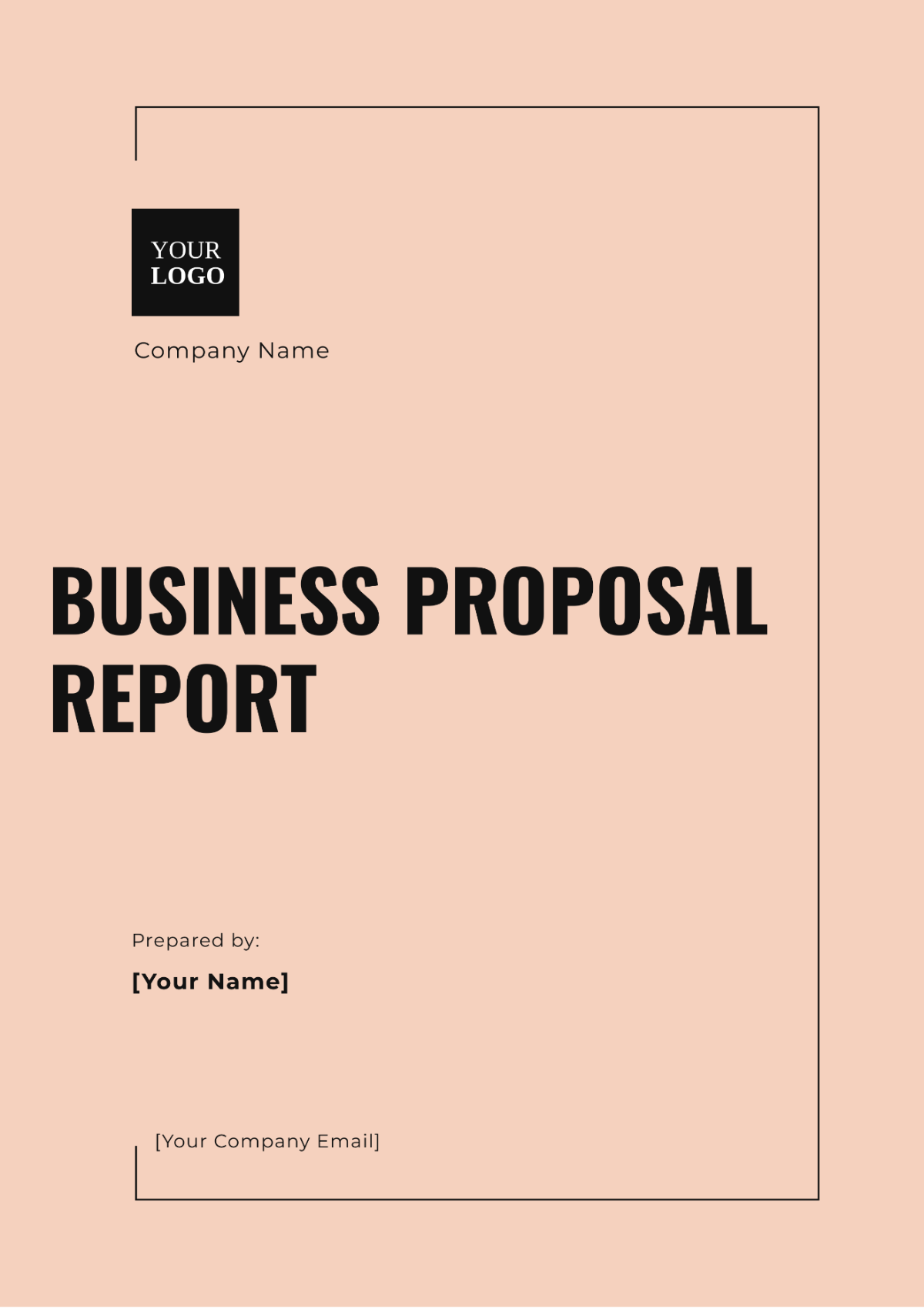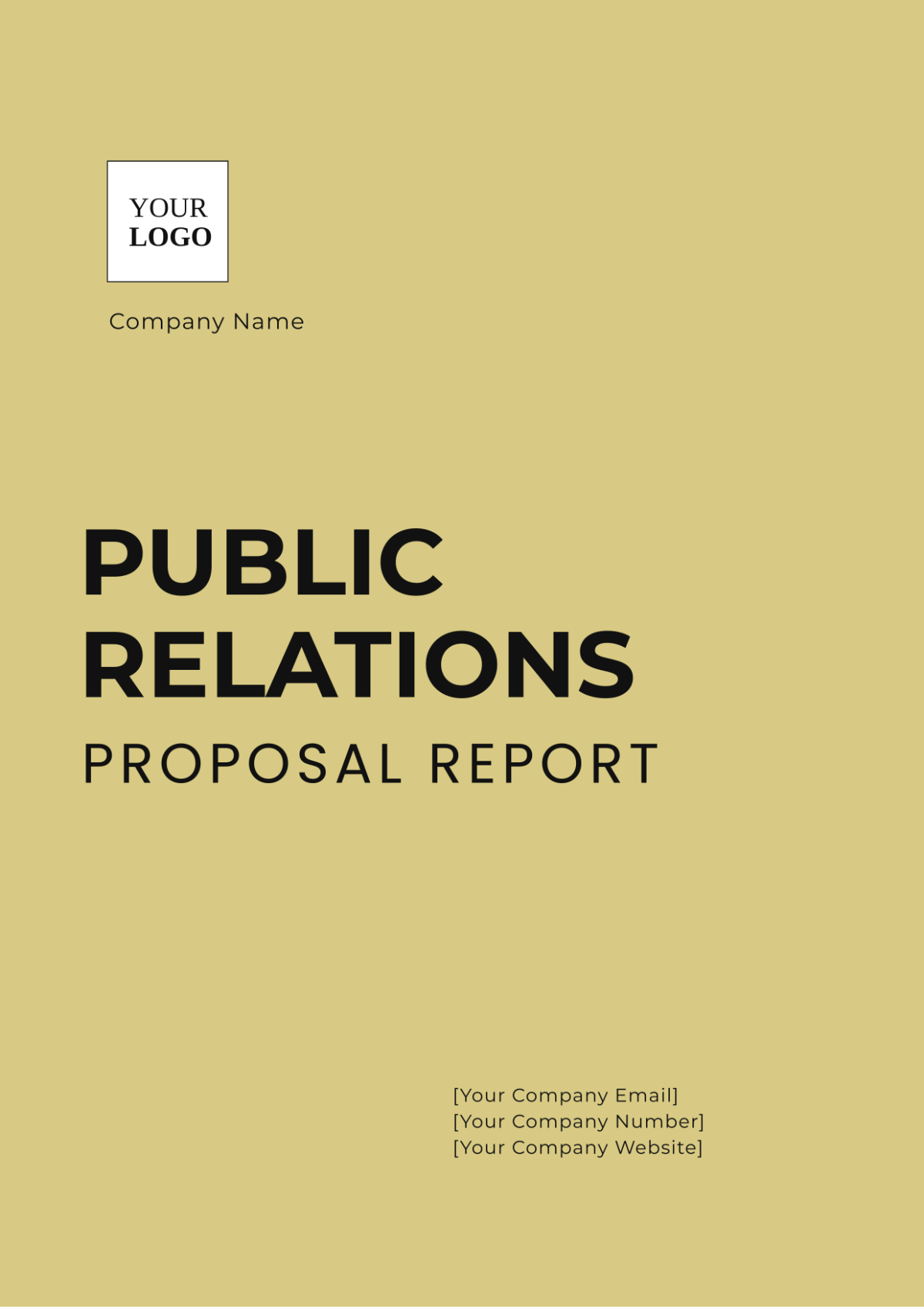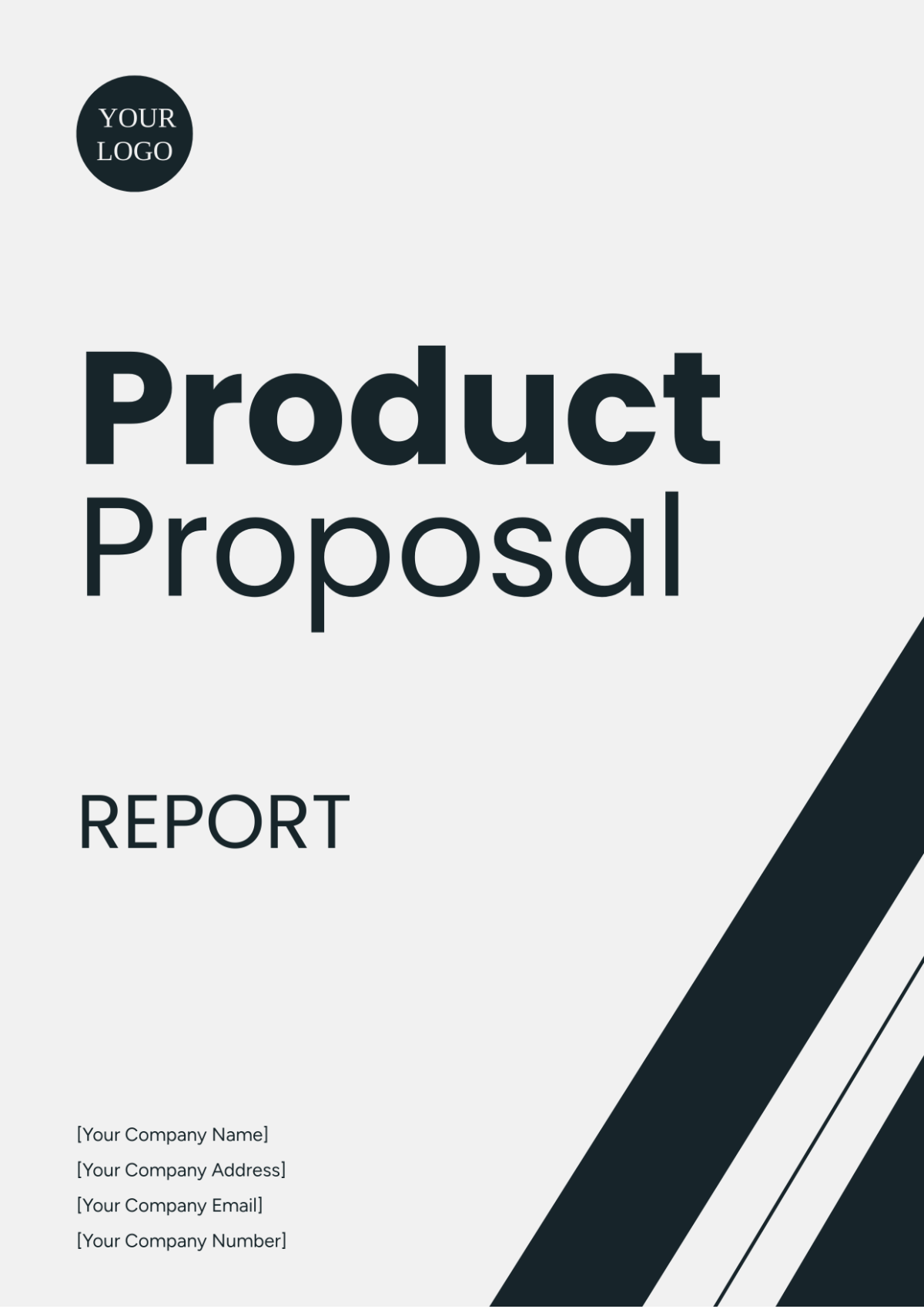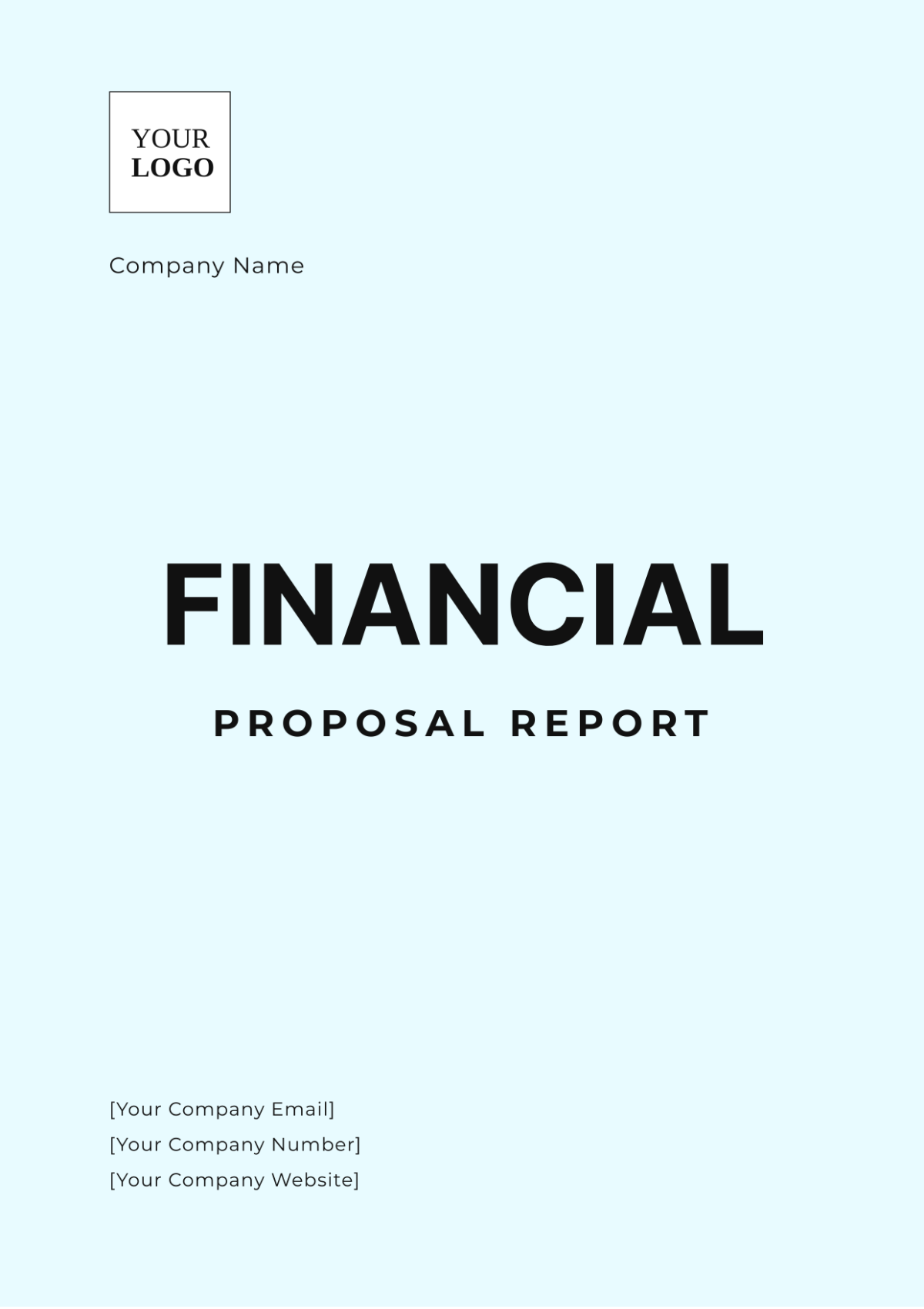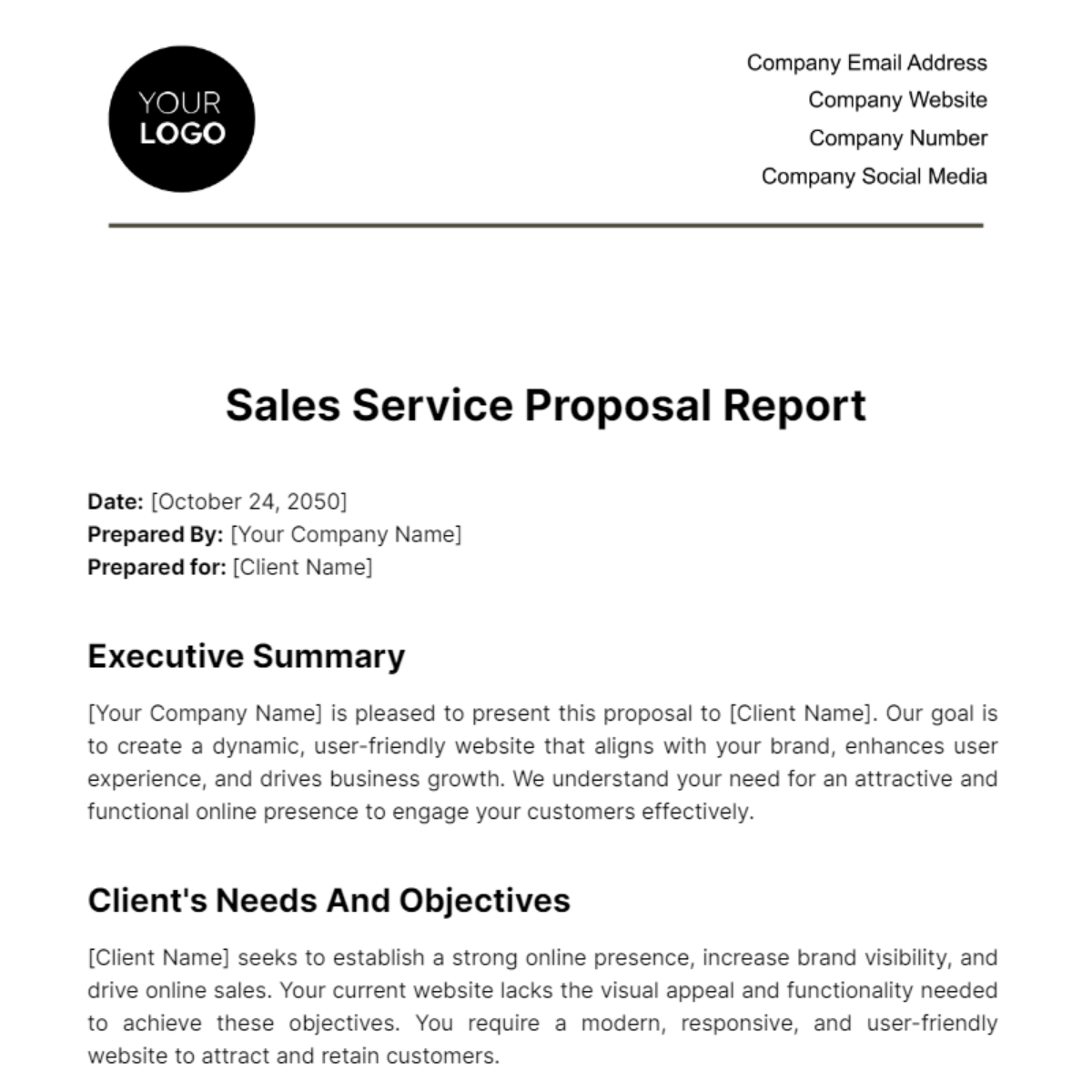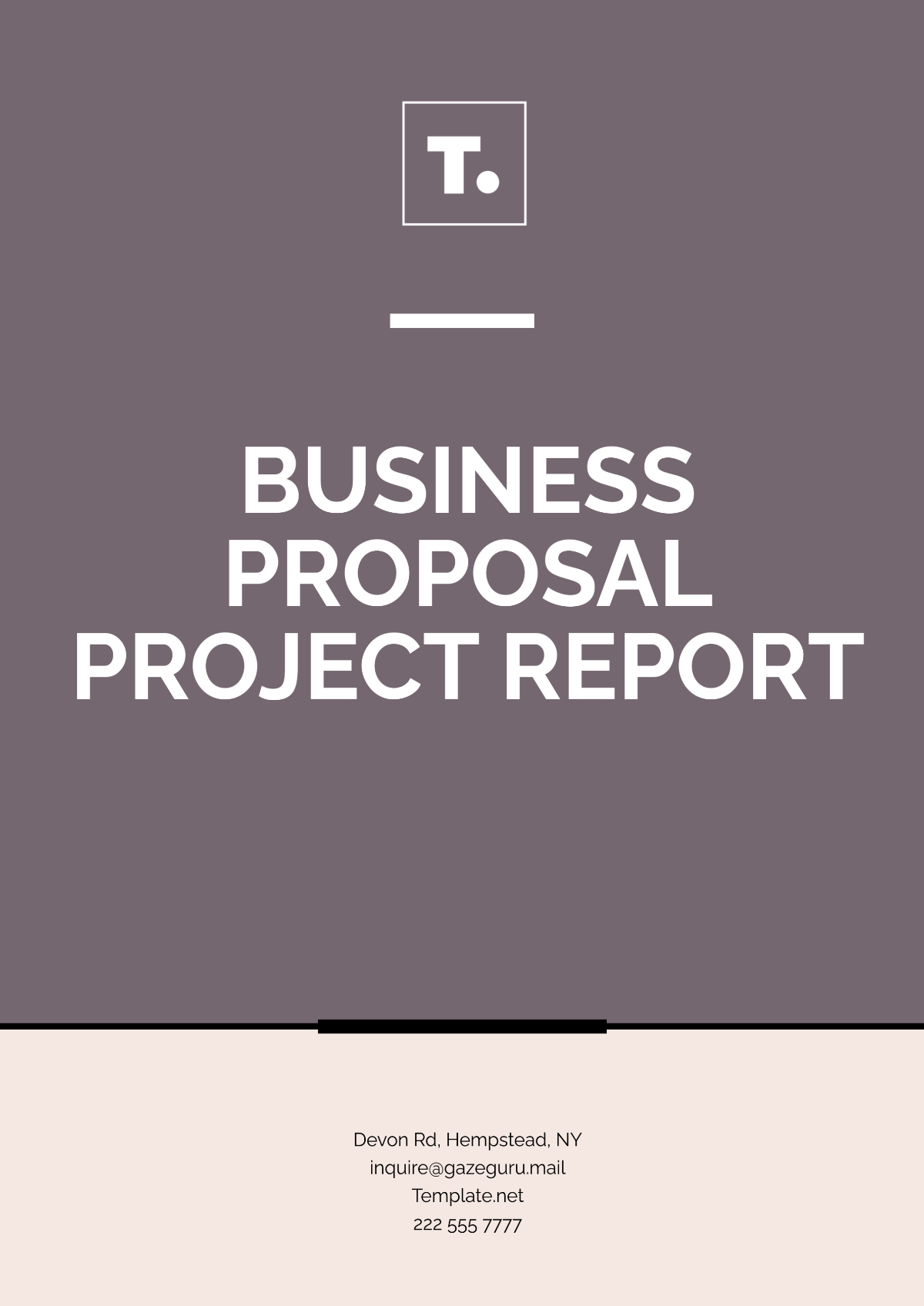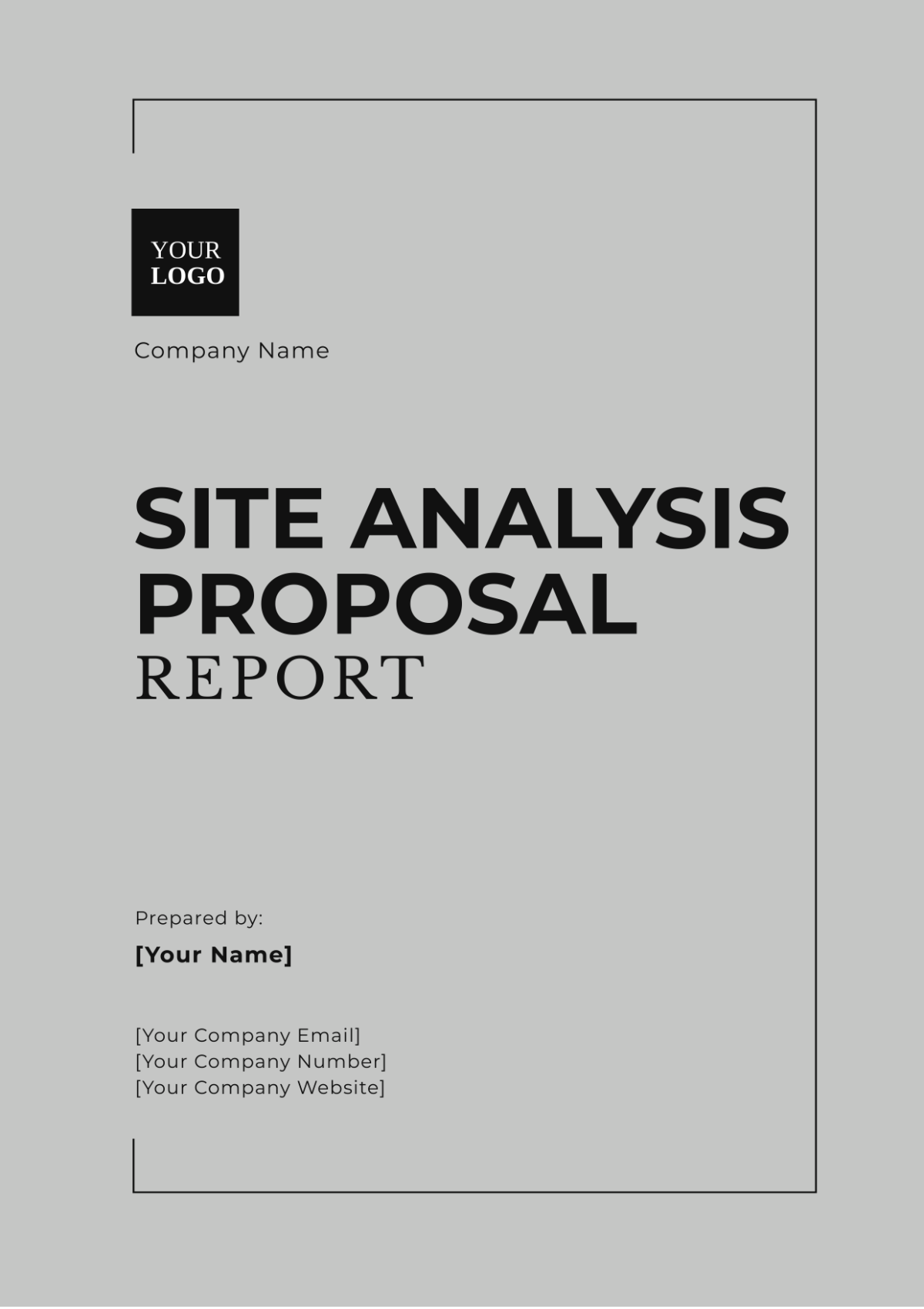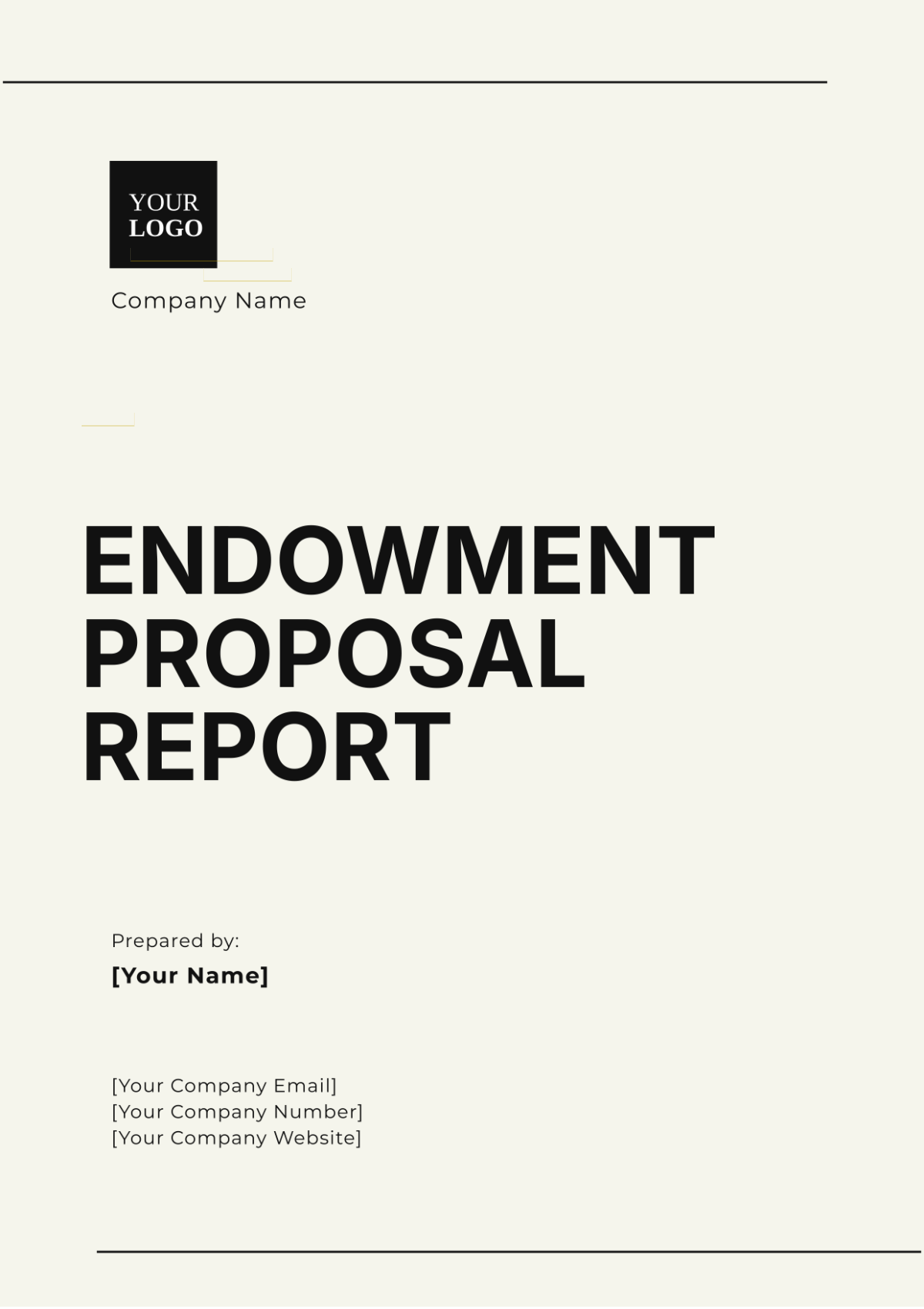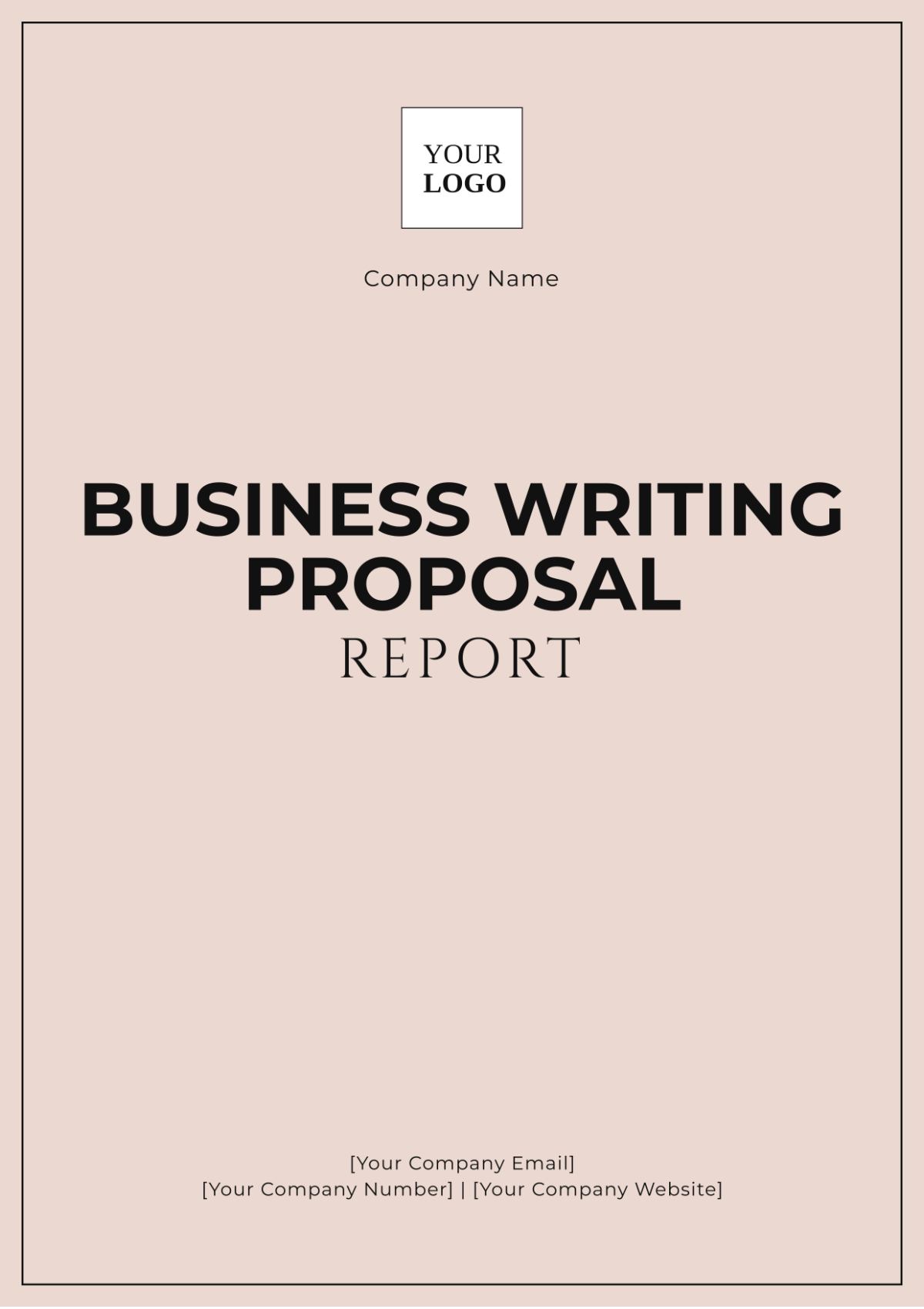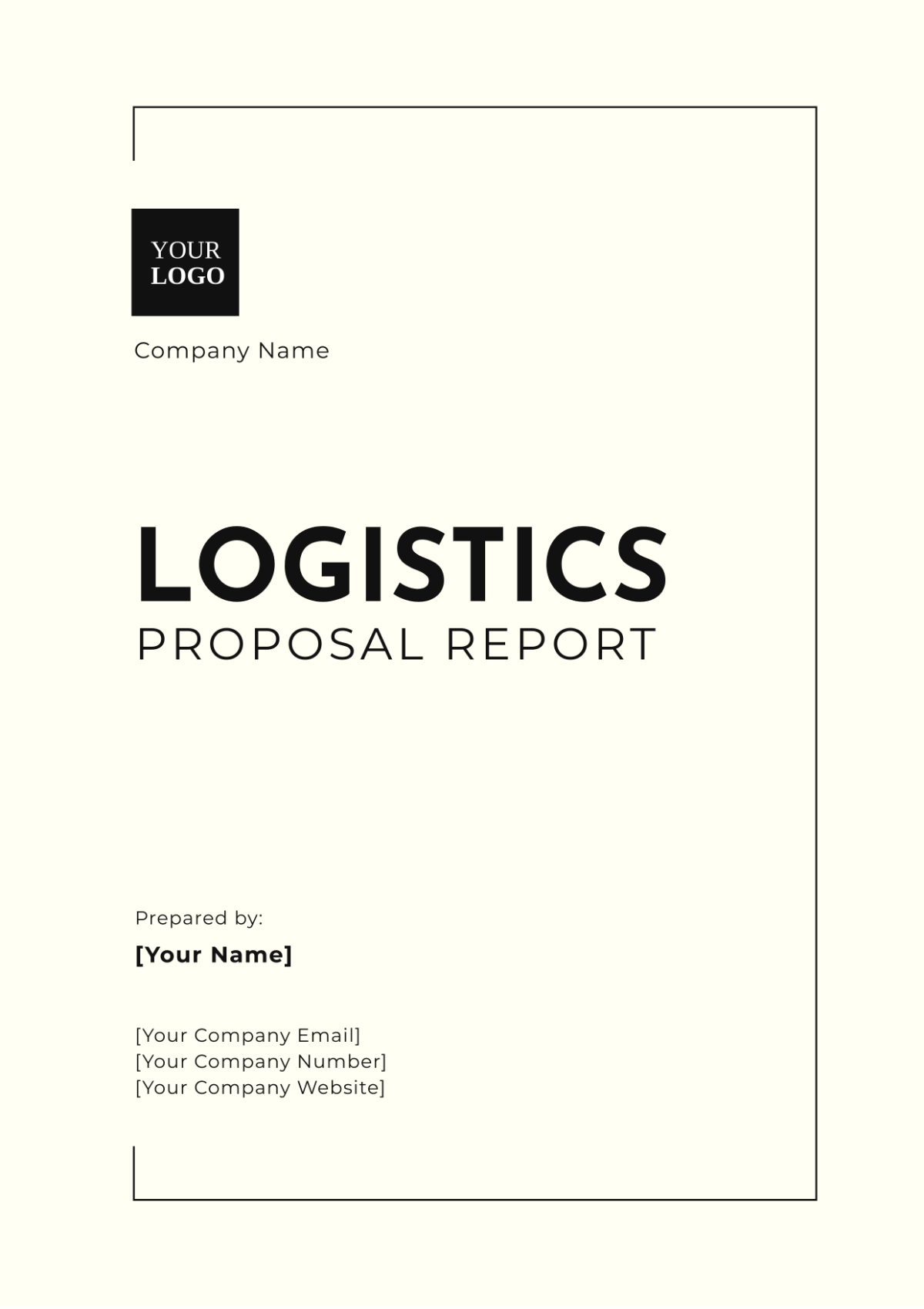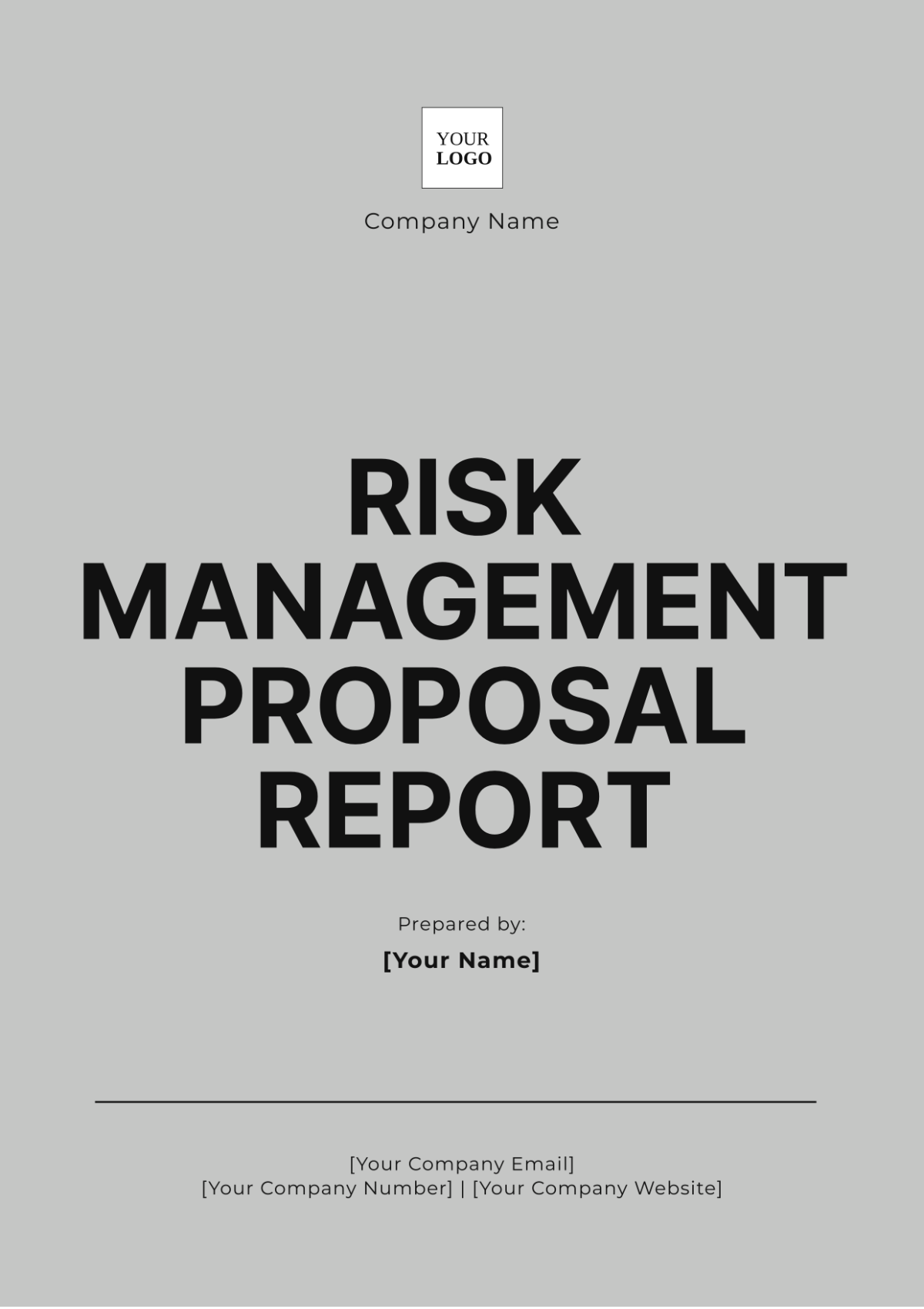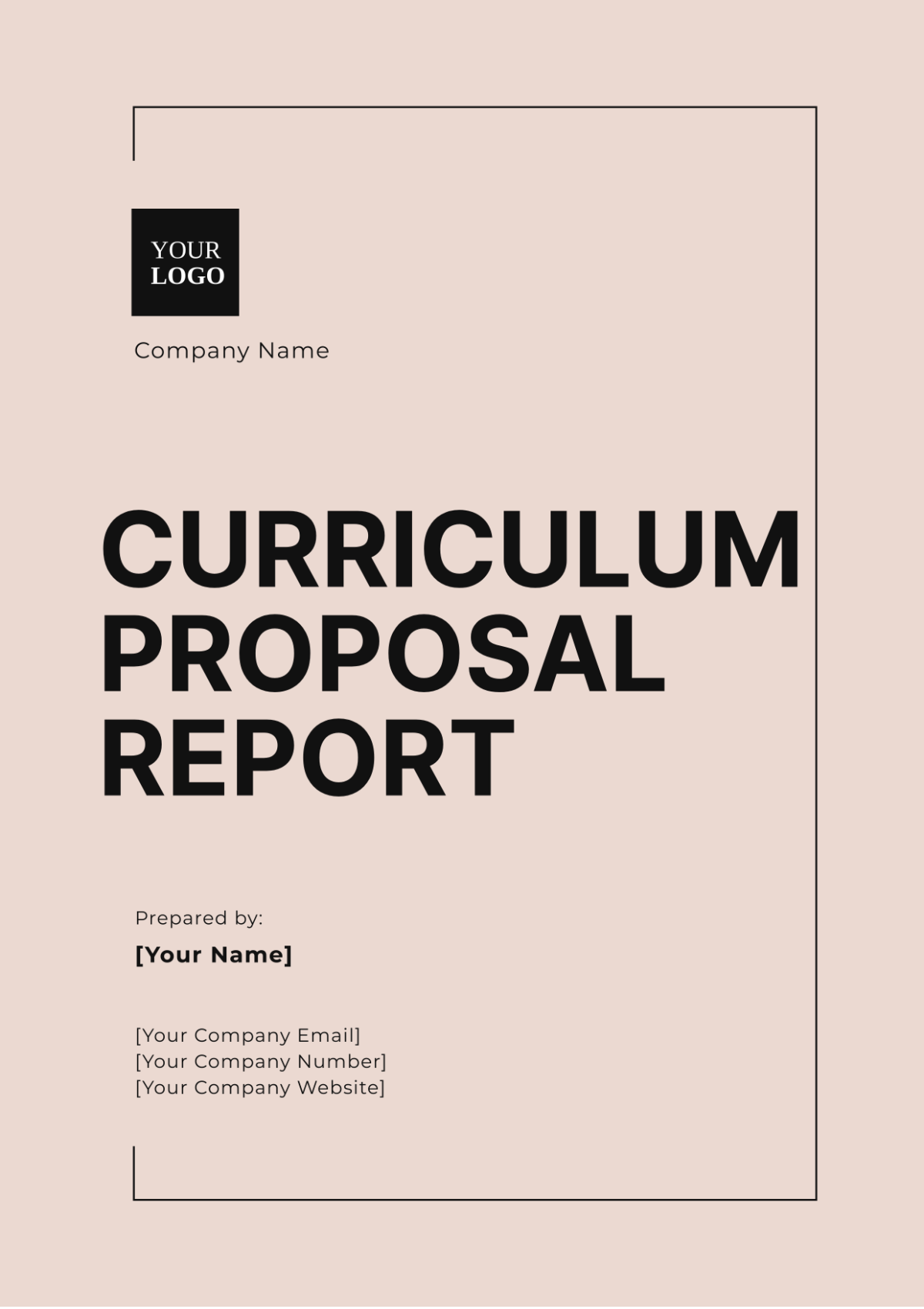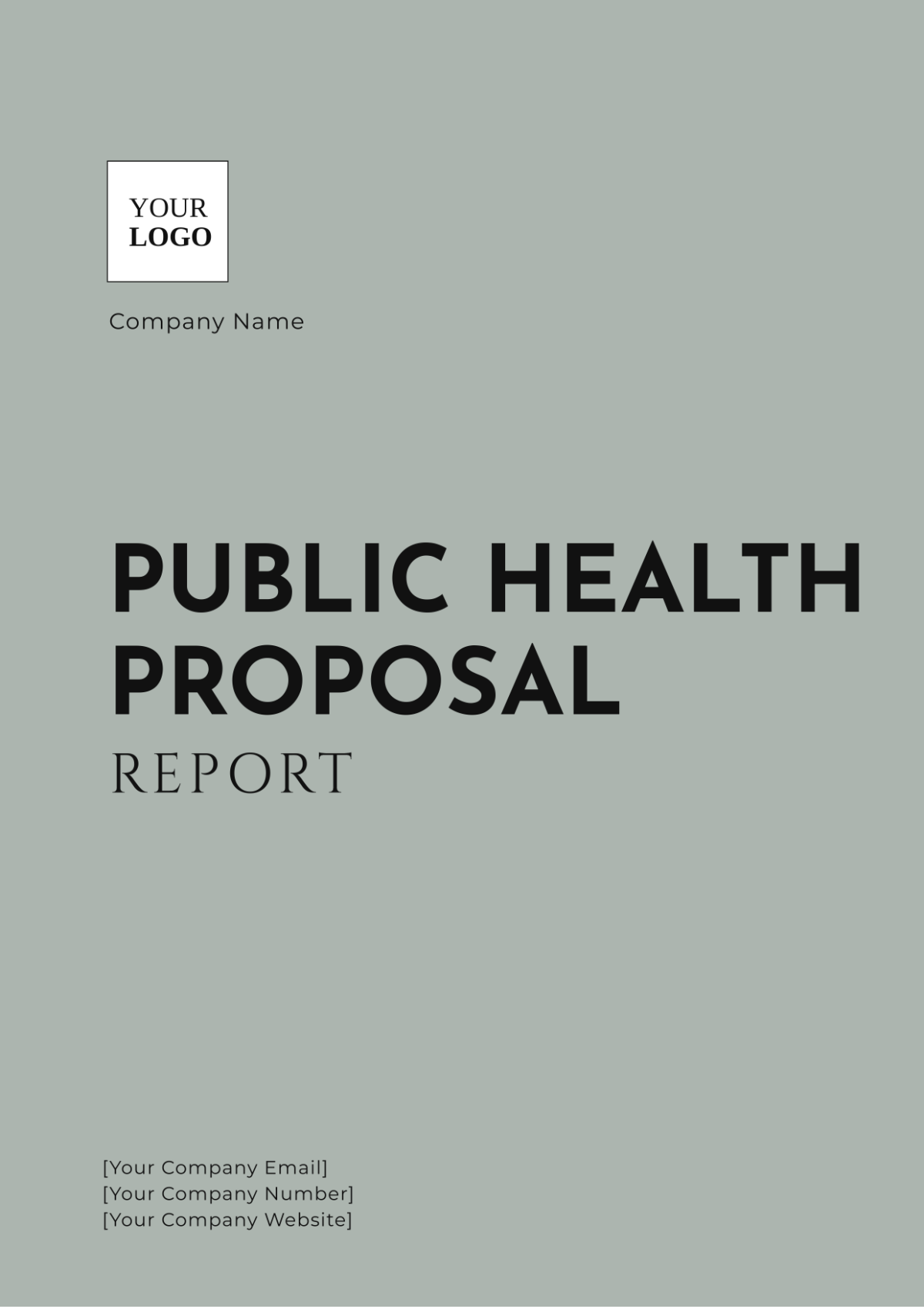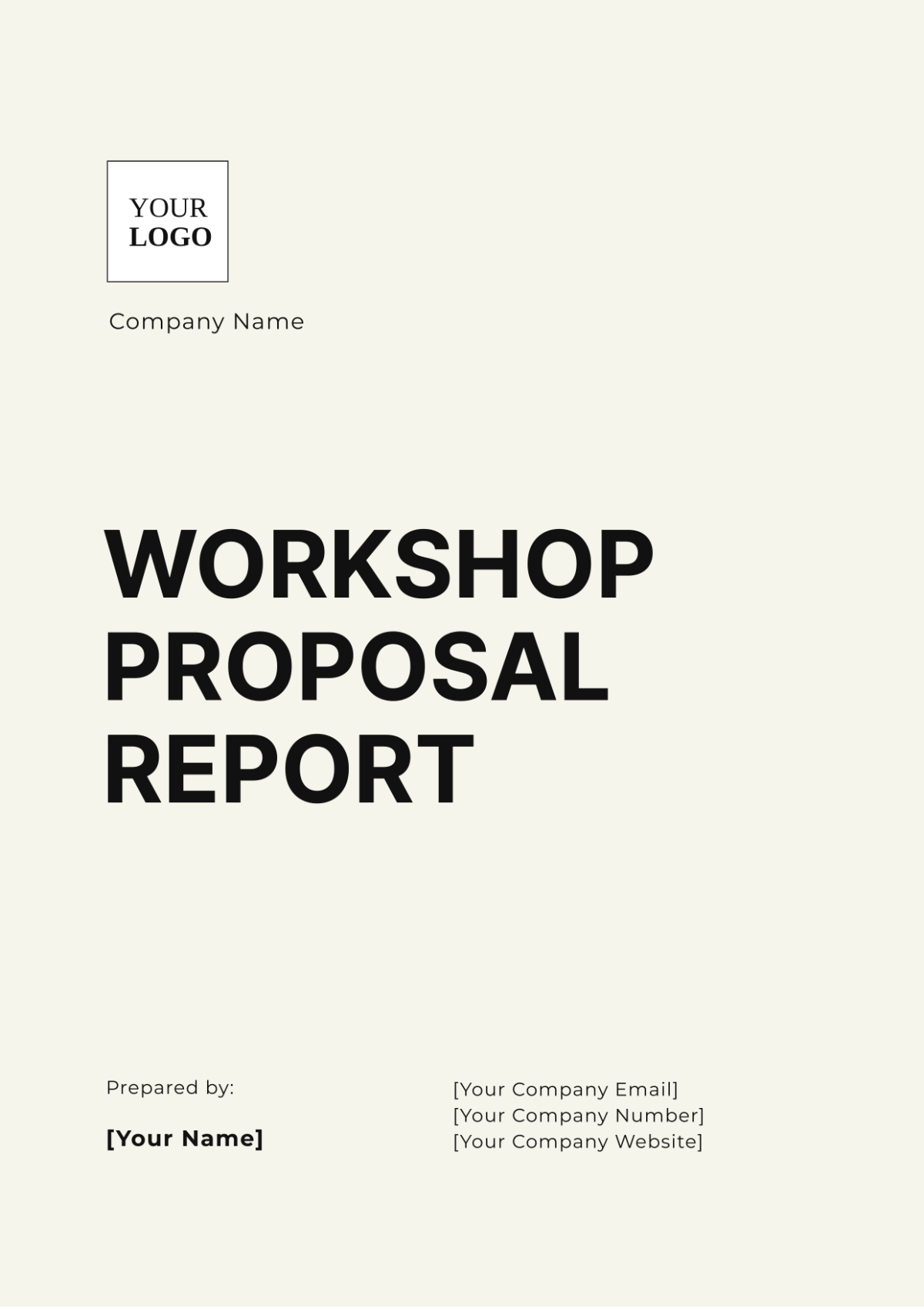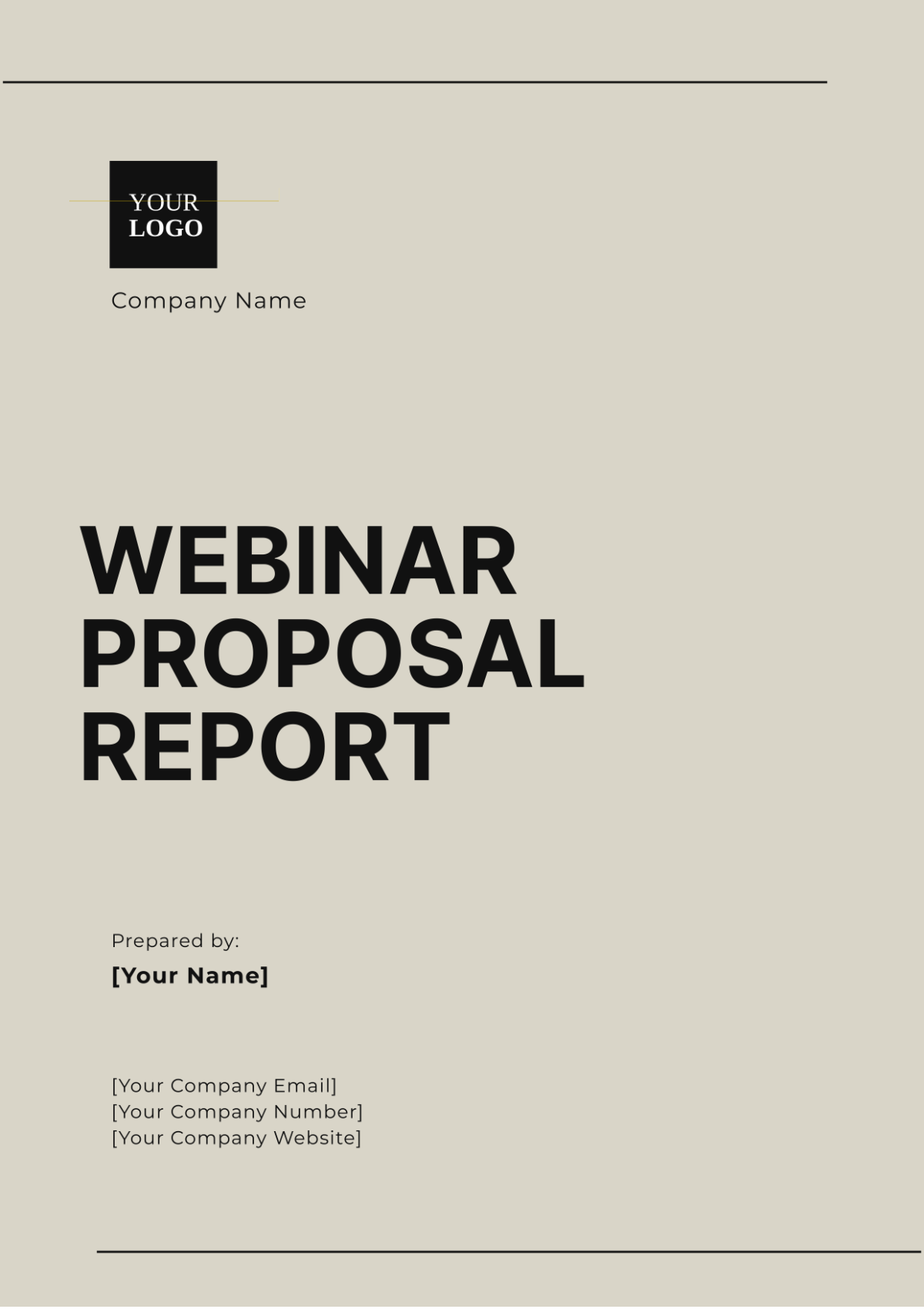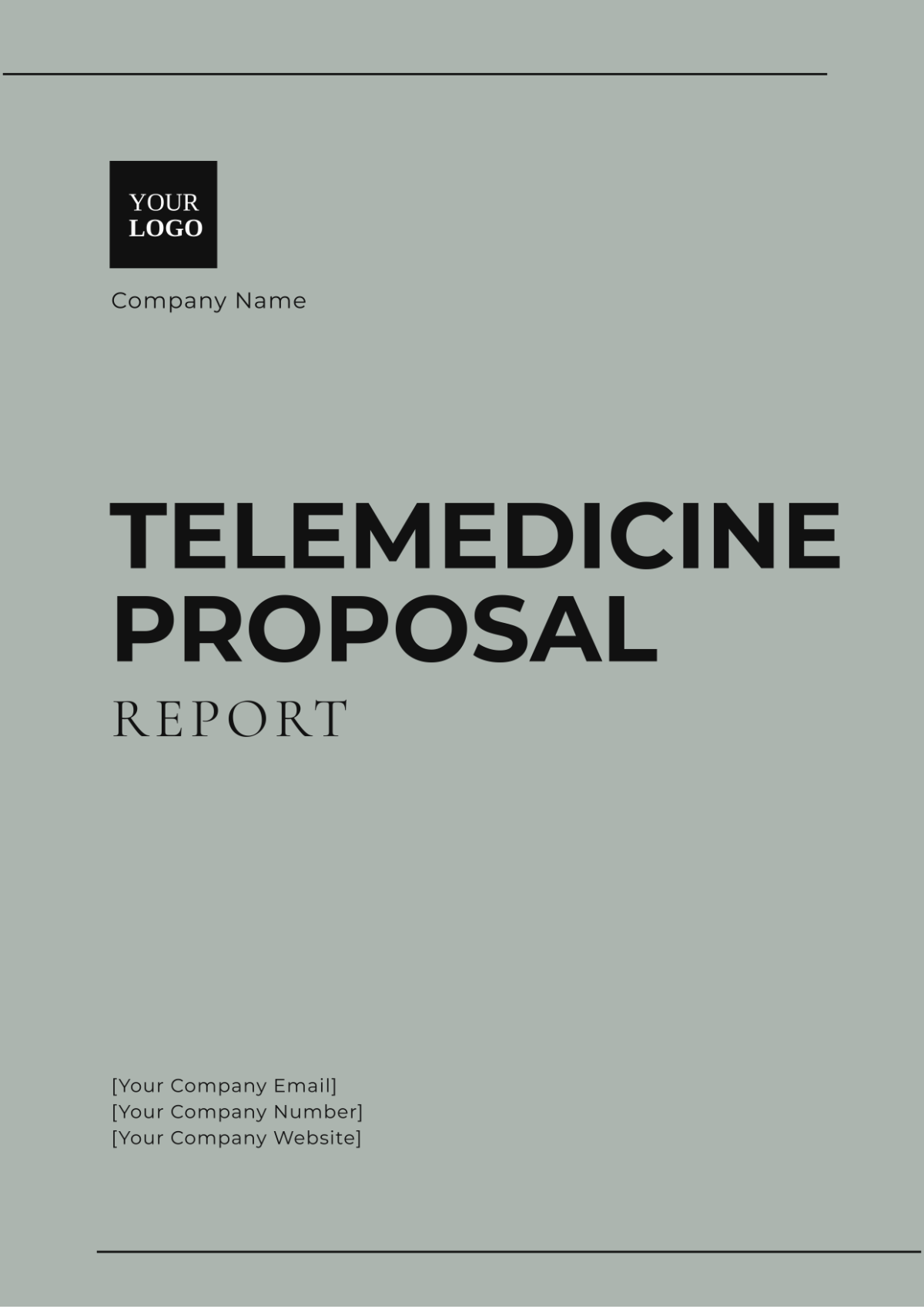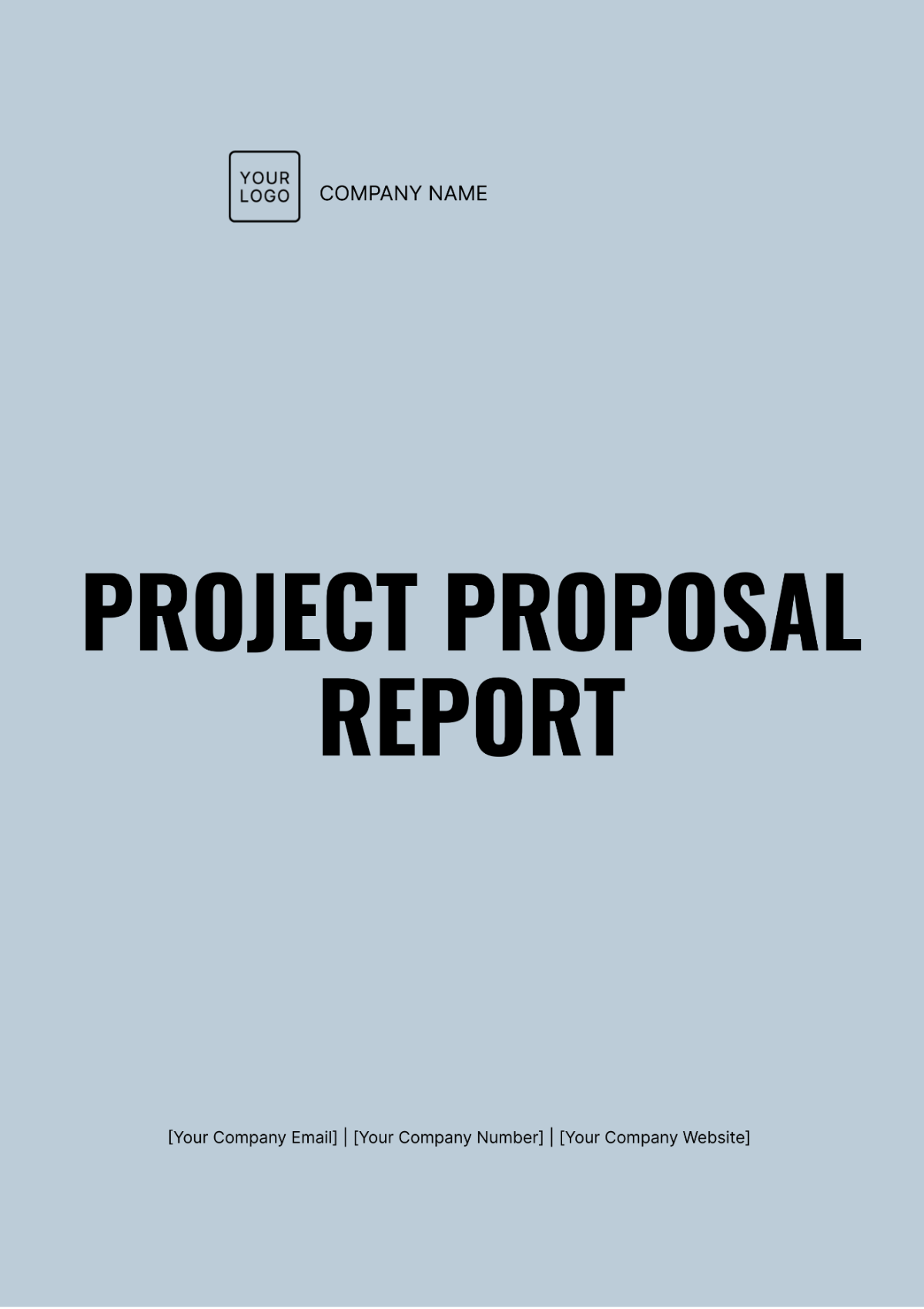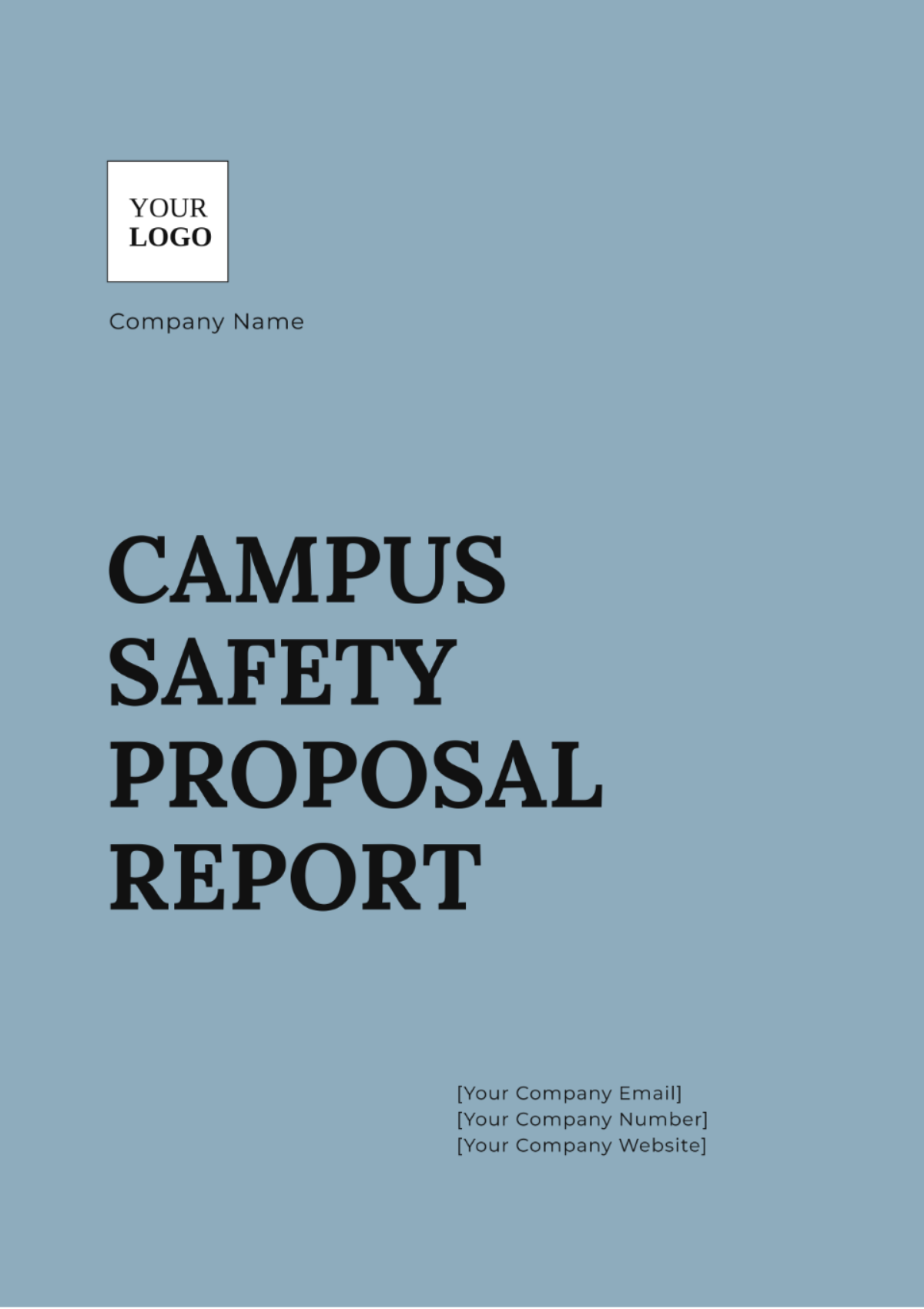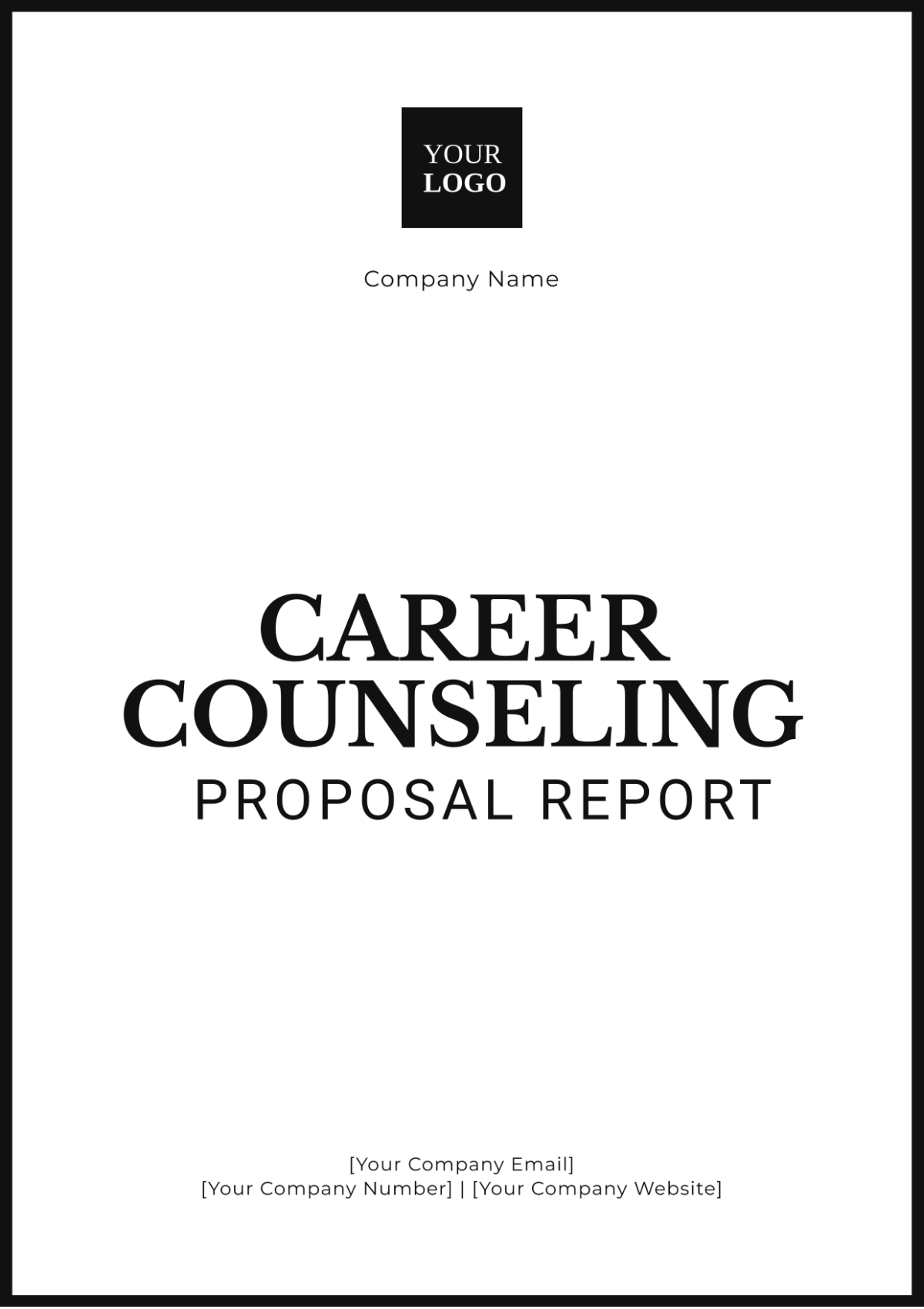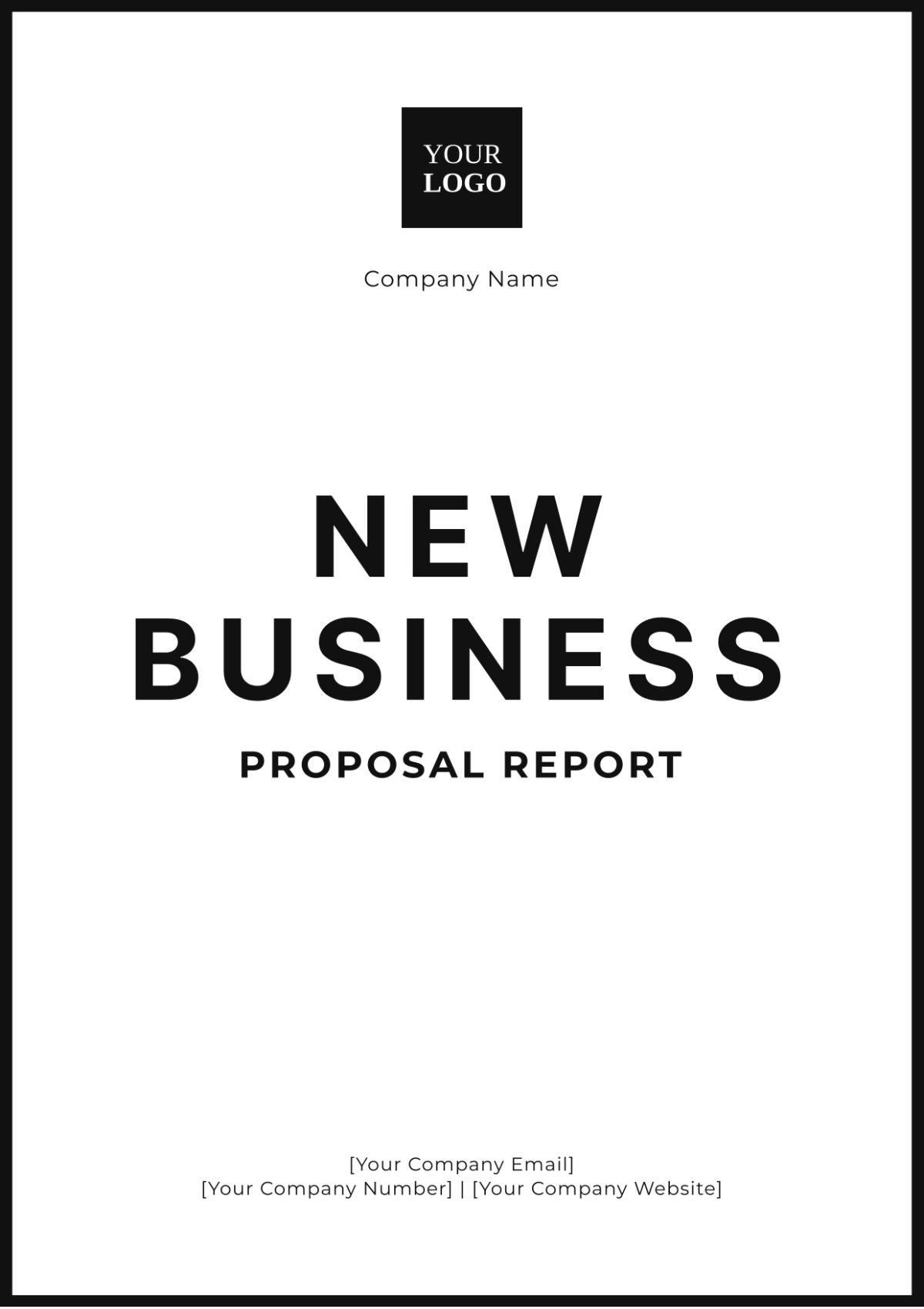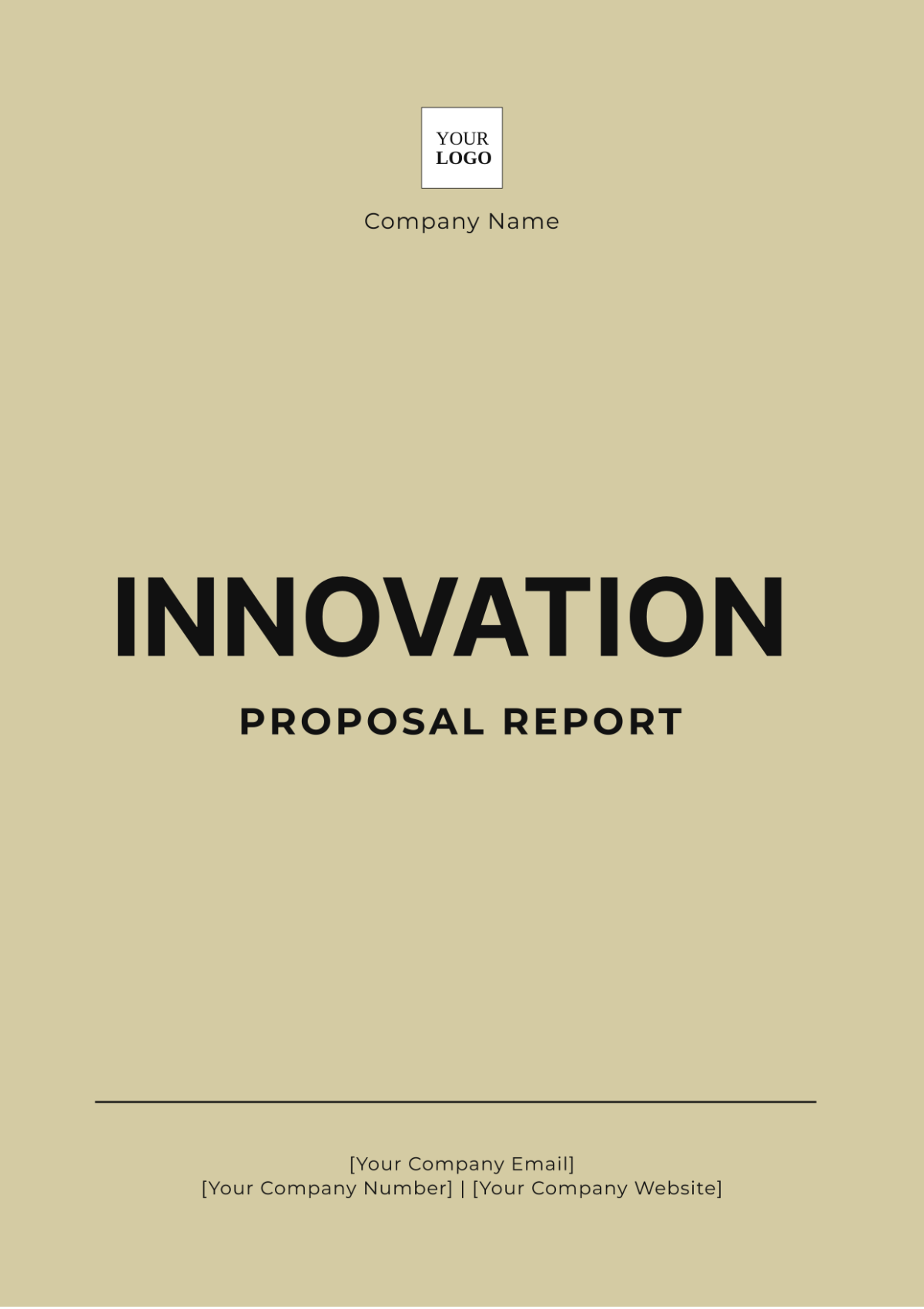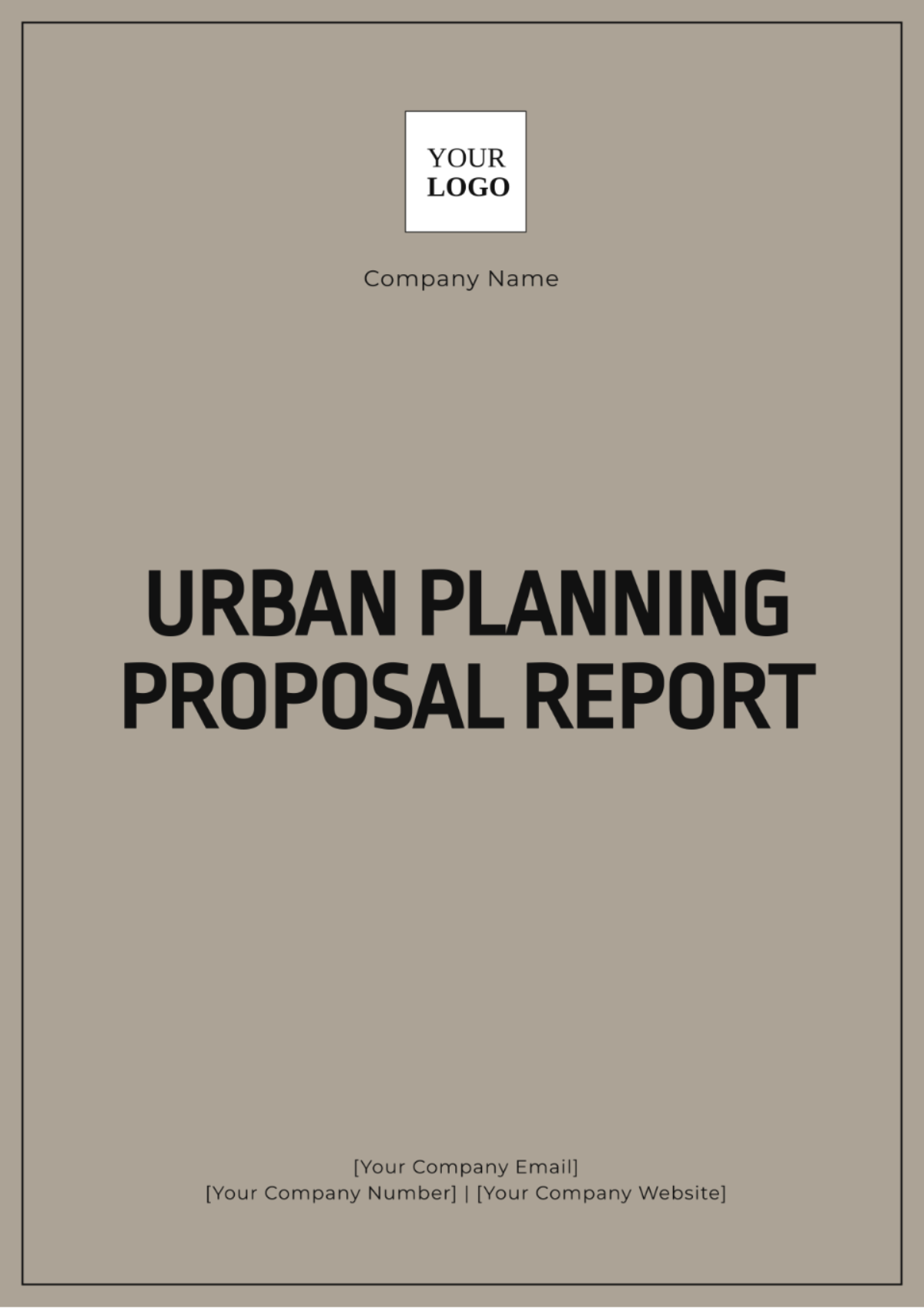Curriculum Proposal Report
1. Executive Summary
This report proposes a new curriculum structure aimed at enhancing student engagement and academic performance. The proposed curriculum integrates advanced pedagogical approaches with industry-relevant skills to better prepare students for future careers. The curriculum revamp encompasses updates on course content, teaching methods, and assessment strategies.
2. Introduction
2.1 Background
The educational system has not updated the current curriculum in the past five years, resulting in a gap between academic content and industry demands. This proposal outlines necessary changes to align educational objectives with modern industry standards and student needs.
2.2 Objectives
Modernize Course Content: Integrate current industry trends and technological advancements.
Enhance Teaching Methods: Adopt innovative pedagogical techniques.
Improve Assessment Strategies: Develop assessments that better measure student understanding and skills.
3. Curriculum Structure
3.1 Core Curriculum
Course | Description | Credits | Duration |
|---|---|---|---|
Introduction to Data Science | Basics of data analysis, data visualization, and introductory statistics. | 3 | 1 Semester |
Advanced Machine Learning | In-depth exploration of machine learning algorithms and applications. | 4 | 1 Semester |
Cloud Computing Basics | Fundamentals of cloud services, deployment models, and architecture. | 3 | 1 Semester |
Cybersecurity Principles | Core concepts in cybersecurity, threat analysis, and risk management. | 3 | 1 Semester |
Project Management | Techniques and tools for effective project planning and execution. | 3 | 1 Semester |
3.2 Electives
Data Engineering: Focuses on data pipelines, ETL processes, and big data technologies.
AI Ethics: Examines ethical considerations in artificial intelligence and machine learning.
Robotic Process Automation: Introduction to RPA tools and techniques for automating business processes.
4. Teaching Methods
4.1 Lecture-Based Learning
Traditional Lectures: Core concepts delivered through structured presentations.
Guest Lectures: Industry professionals share real-world insights and experiences.
4.2 Hands-On Experience
Laboratories: Practical sessions for applying theoretical knowledge.
Internships: Opportunities for students to gain industry experience.
4.3 Collaborative Learning
Group Projects: Encourages teamwork and problem-solving skills.
Case Studies: Analysis of real-world scenarios to apply learned concepts.
5. Assessment Strategies
5.1 Formative Assessments
Quizzes: Short, frequent quizzes to gauge ongoing understanding.
Assignments: Regular assignments to reinforce and apply knowledge.
5.2 Summative Assessments
Exams: Comprehensive exams at the end of each course to evaluate overall learning.
Capstone Projects: Culminating projects that integrate and apply skills acquired throughout the program.
6. Implementation Plan
6.1 Timeline
Phase | Activities | Duration |
|---|---|---|
Planning | Curriculum design, faculty training, resource allocation. | 3 Months |
Development | Course material preparation, and development of teaching aids. | 6 Months |
Pilot Testing | Run pilot courses, gather feedback, make necessary adjustments. | 3 Months |
Full Implementation | Roll out updated curriculum across all programs. | Ongoing |
6.2 Resources Required
Faculty Training: Workshops and seminars for faculty on new teaching methods.
Technological Tools: Investment in software and hardware for enhanced learning experiences.
Curriculum Materials: Development of updated textbooks, online resources, and lab equipment.
7. Evaluation and Feedback
7.1 Continuous Improvement
Student Feedback: Regular surveys to gather student input on course effectiveness.
Faculty Review: Periodic review of teaching methods and curriculum content by faculty members.
7.2 Success Metrics
Student Performance: Monitoring academic achievements and career placements.
Industry Feedback: Collecting feedback from industry partners on the relevance of skills taught.
8. Conclusion
The proposed curriculum aims to bridge the gap between academic theory and practical application. By updating course content, adopting innovative teaching methods, and improving assessment strategies, the curriculum will better prepare students for success in their future careers.
